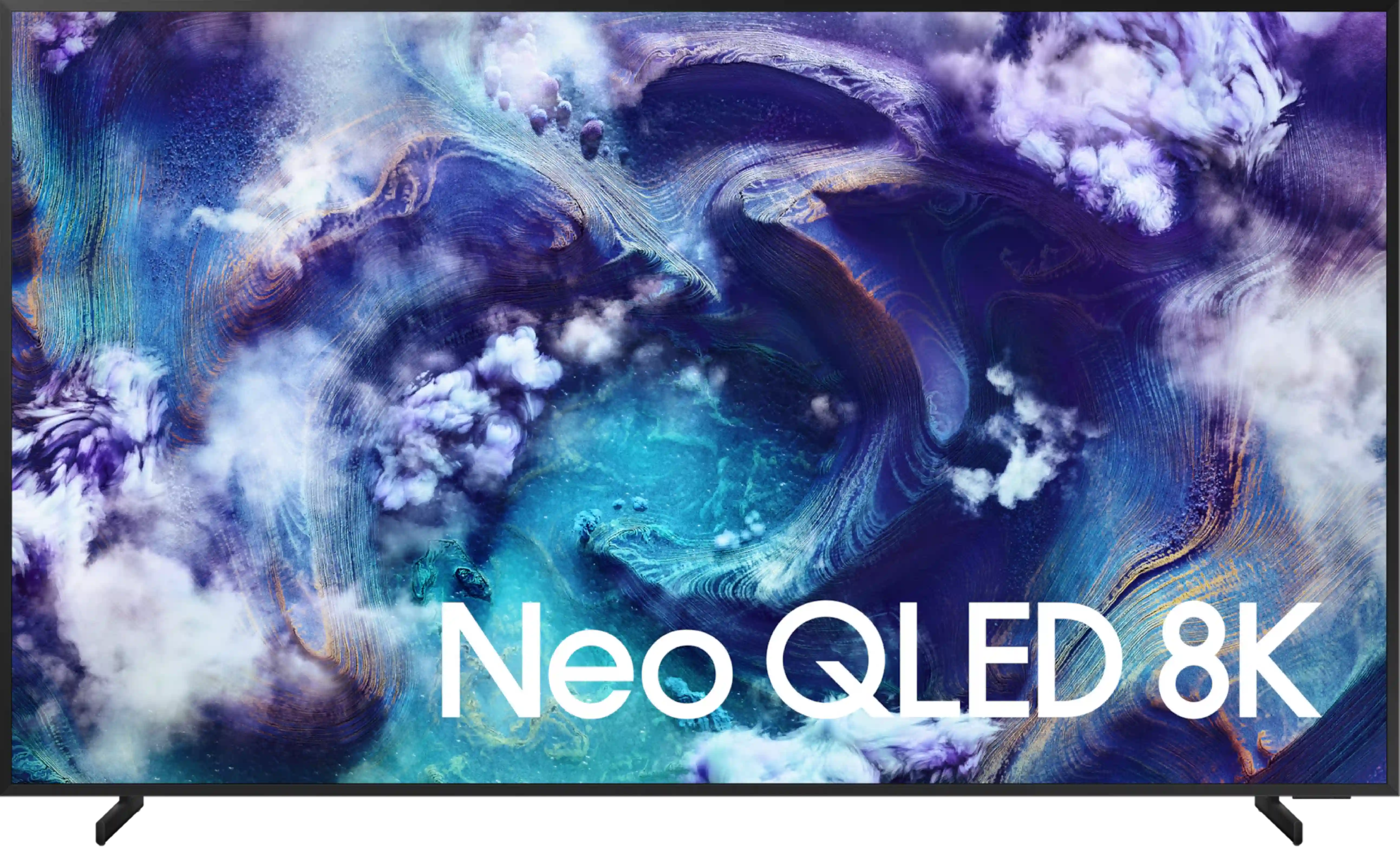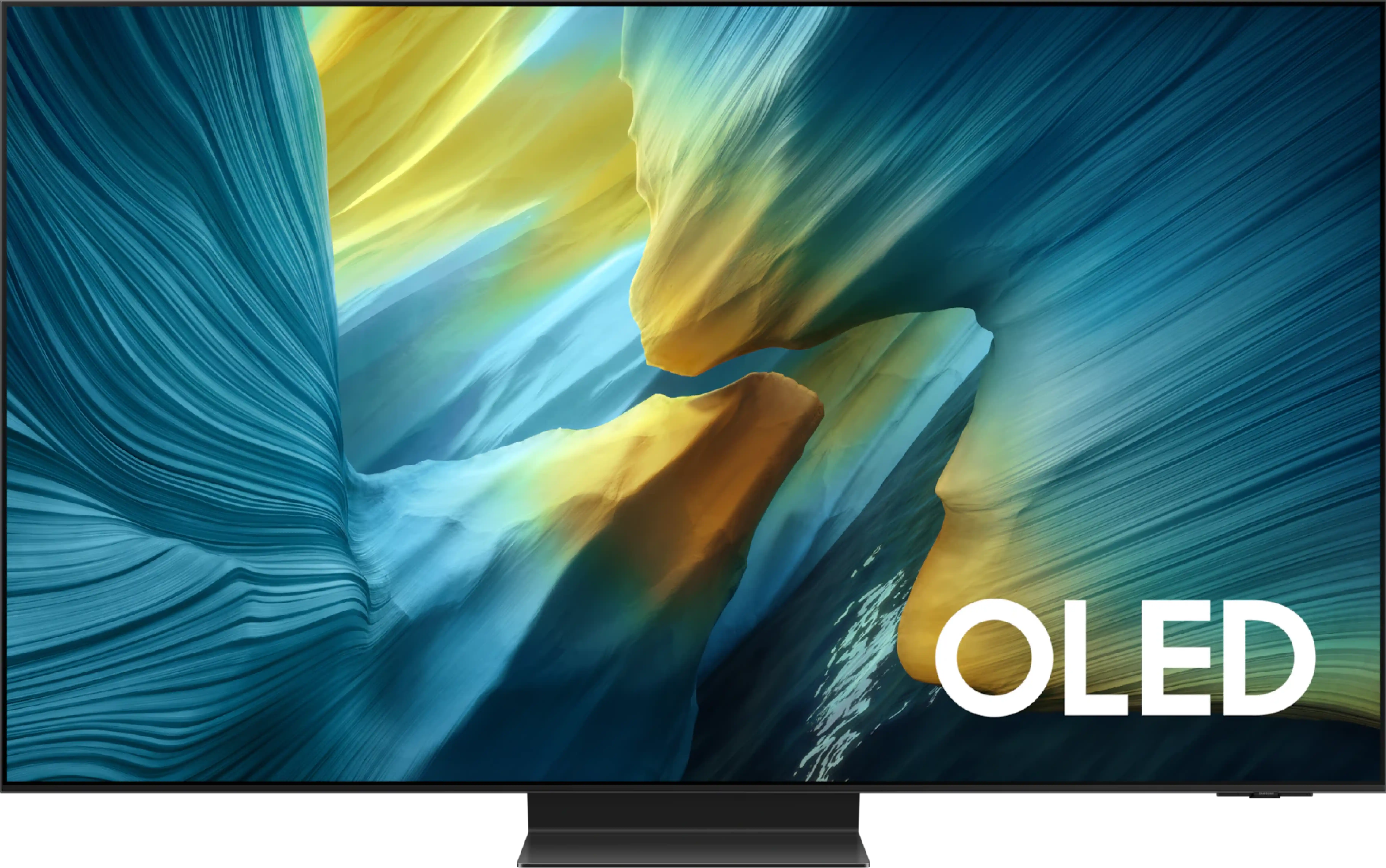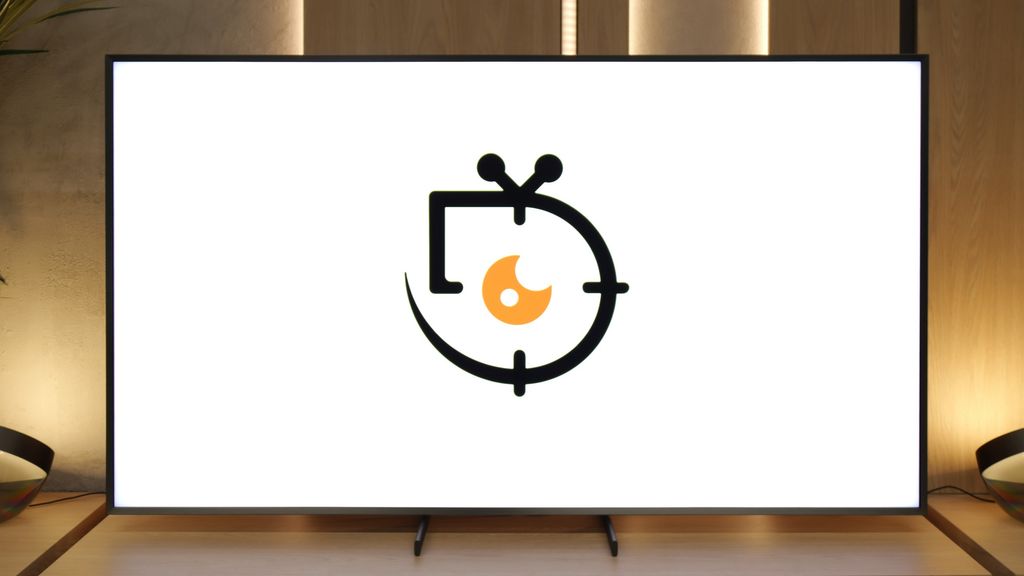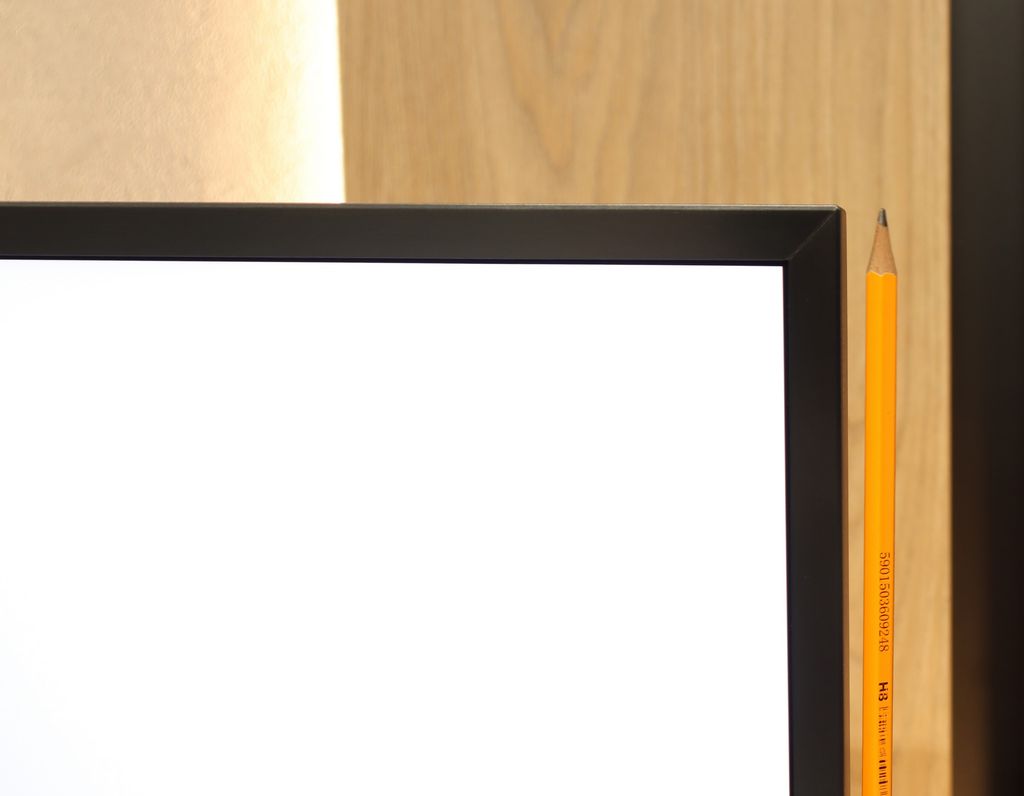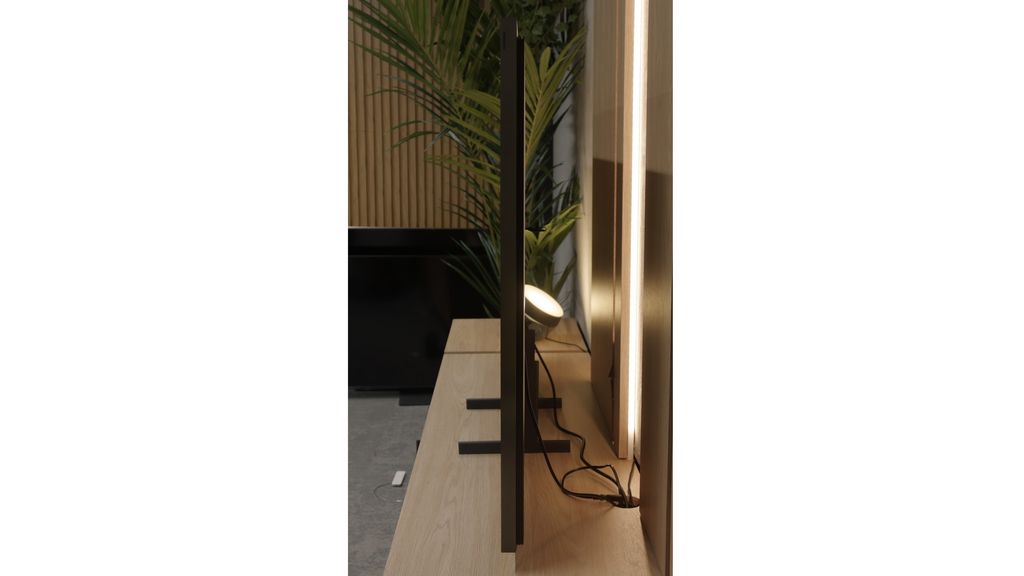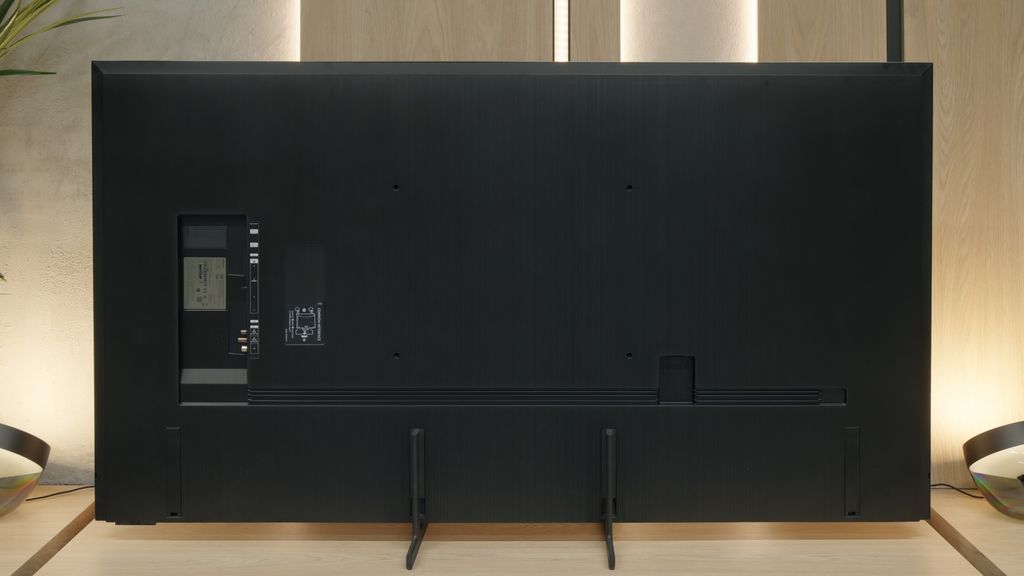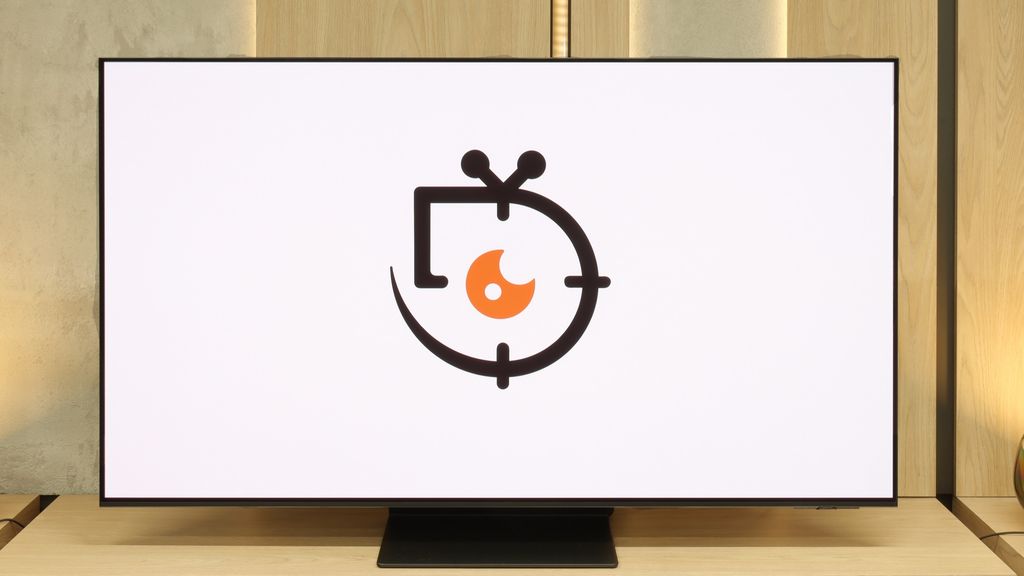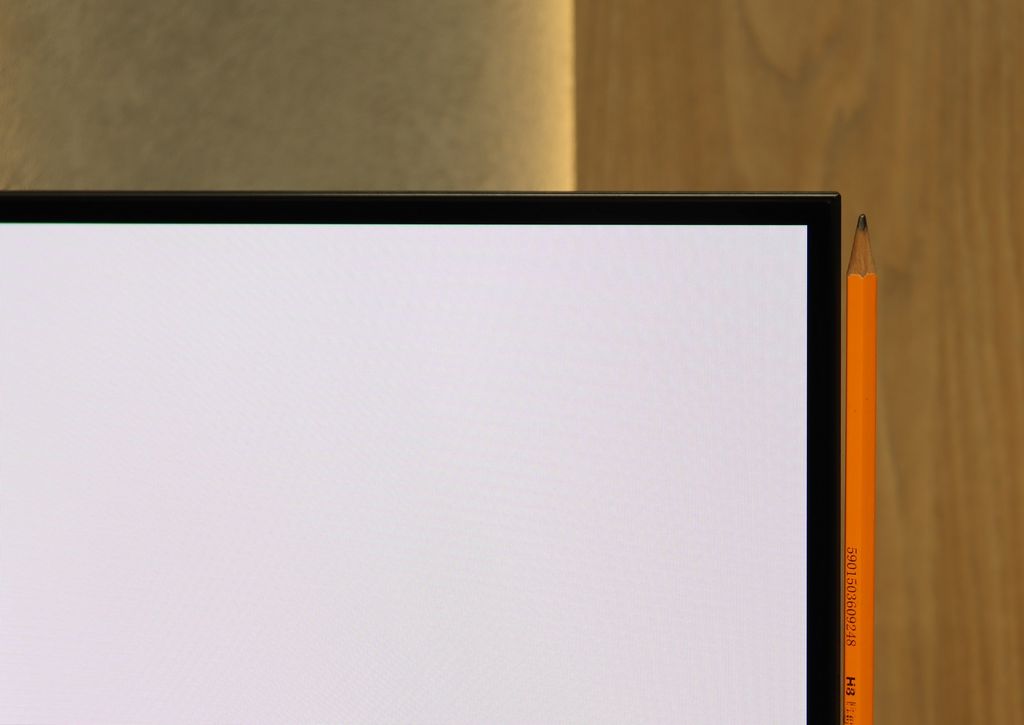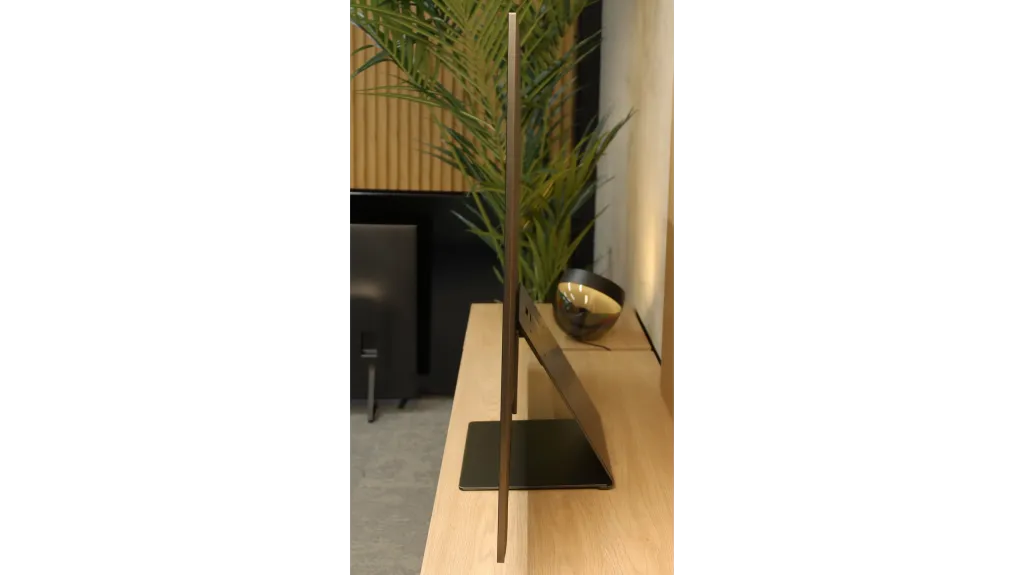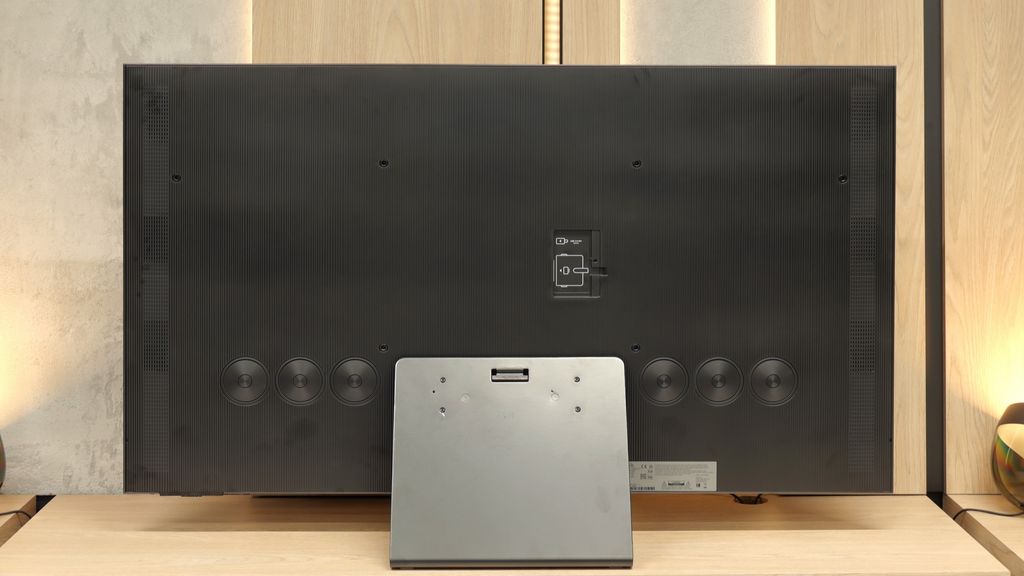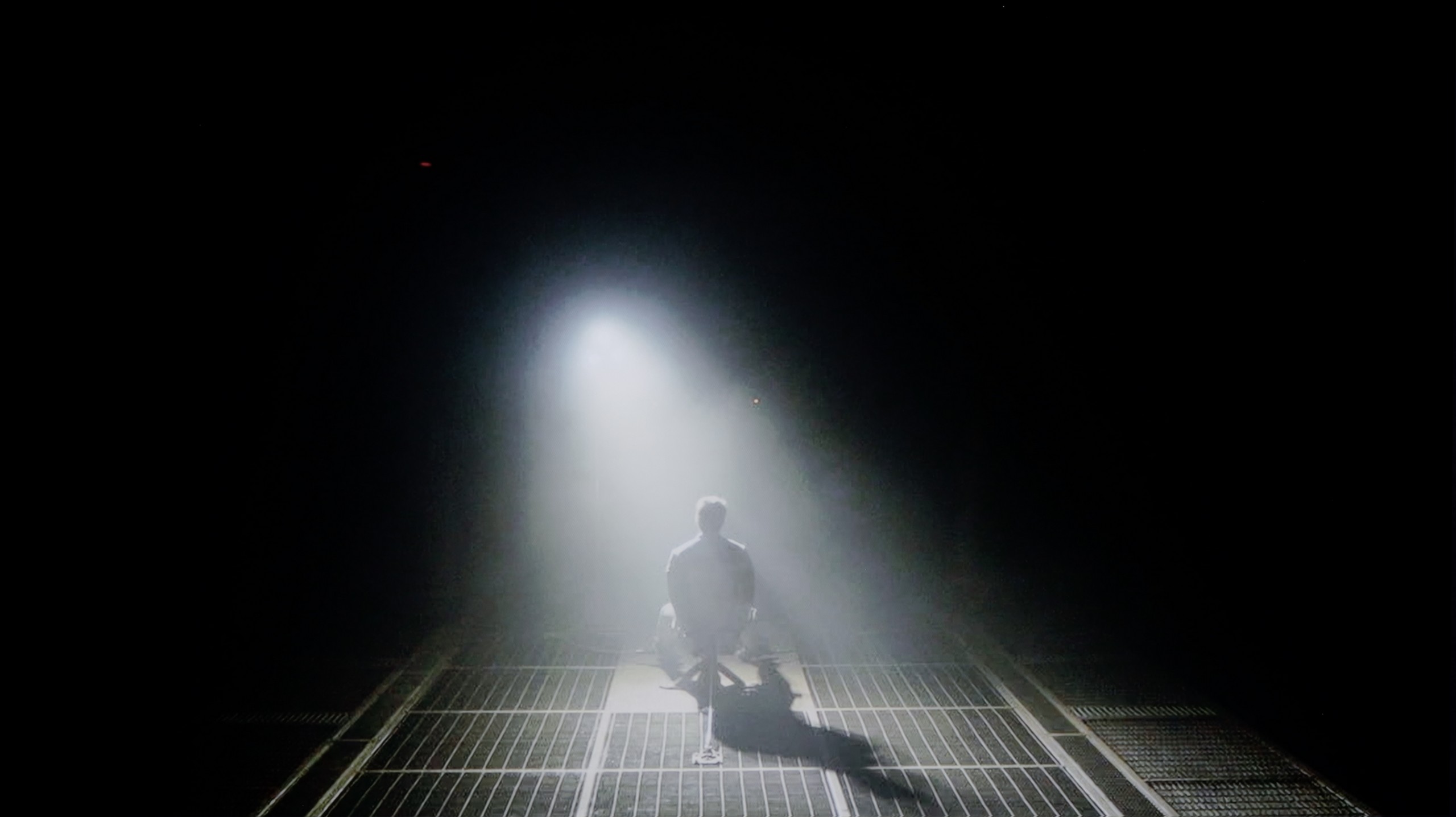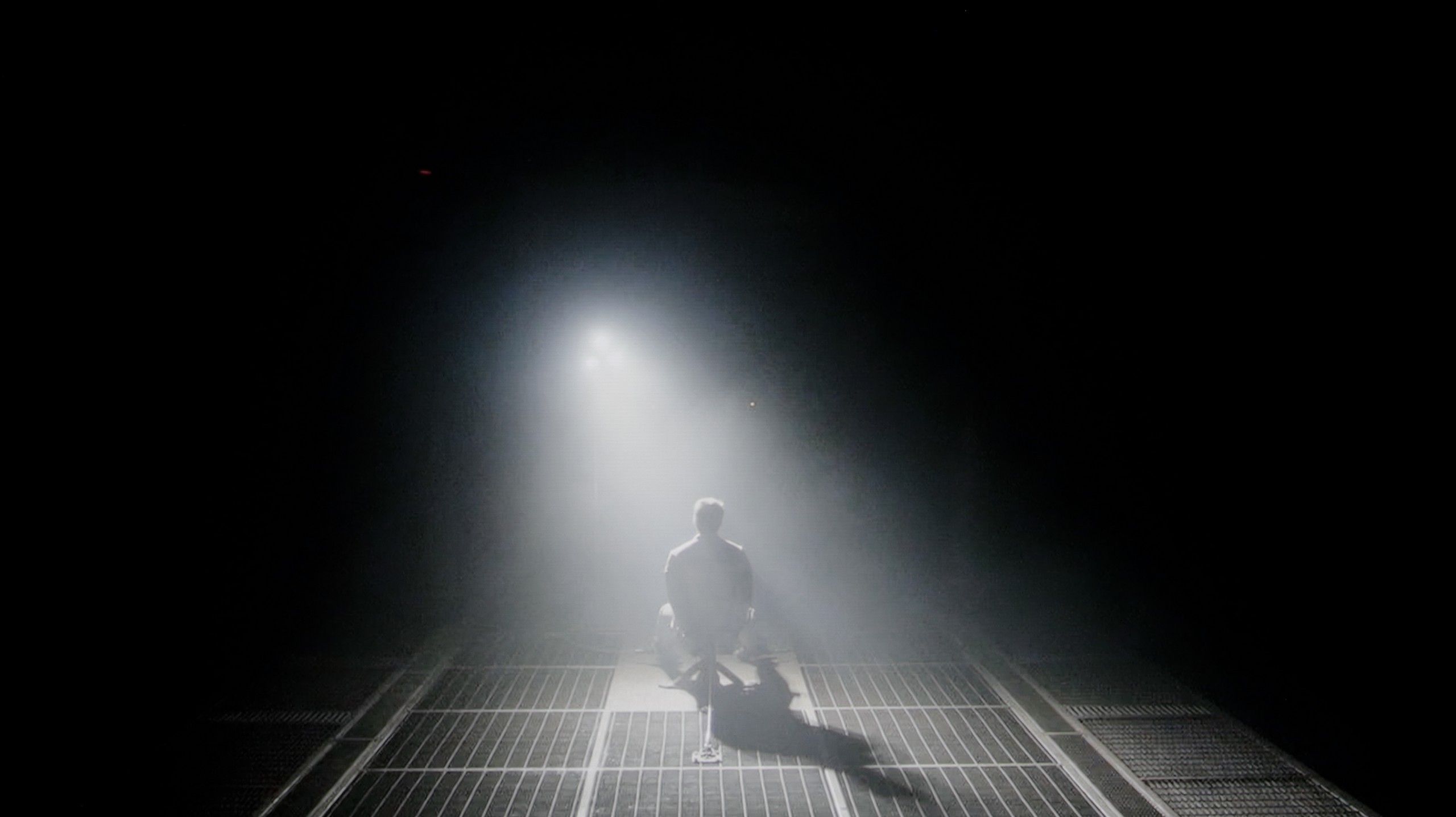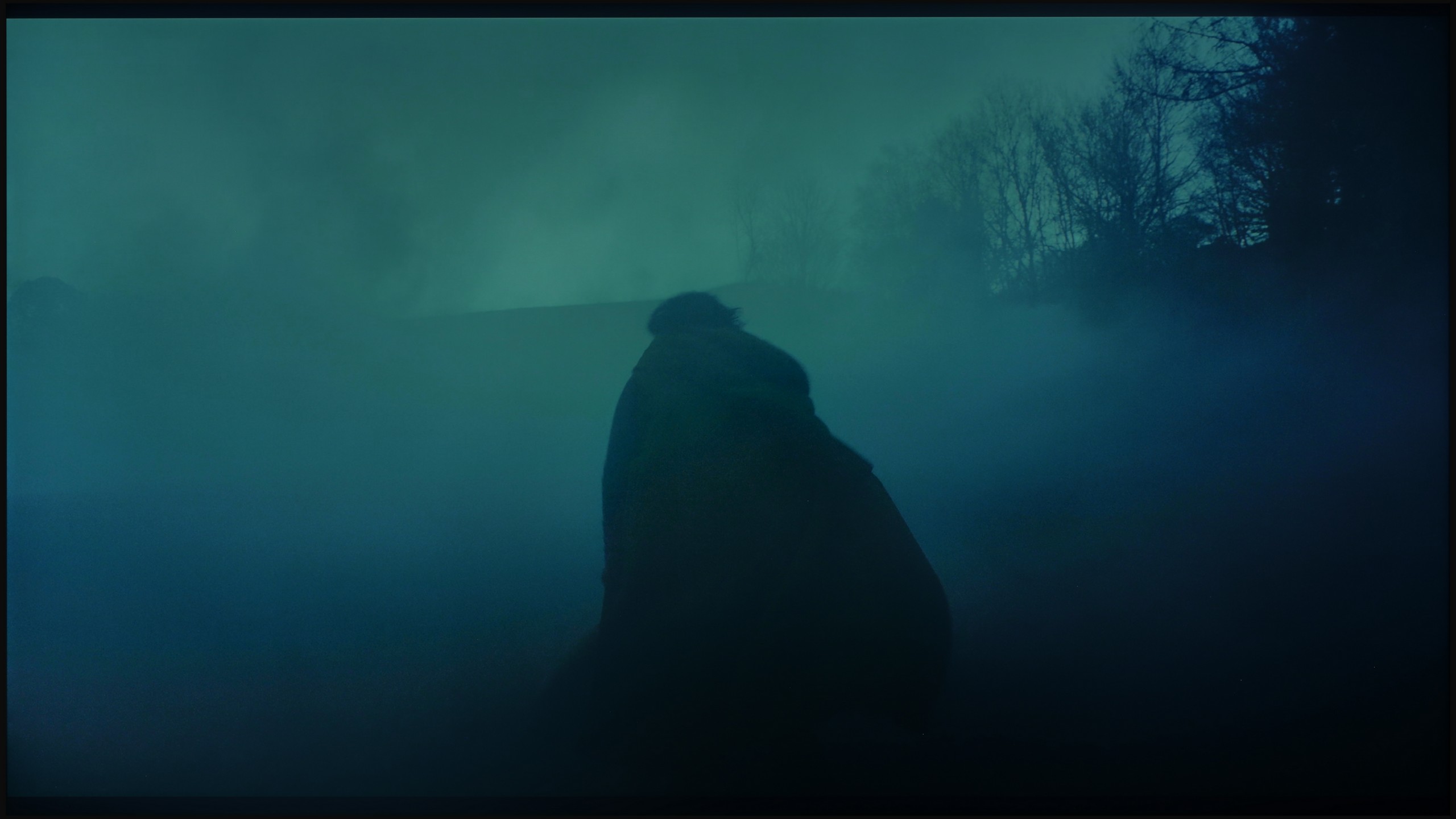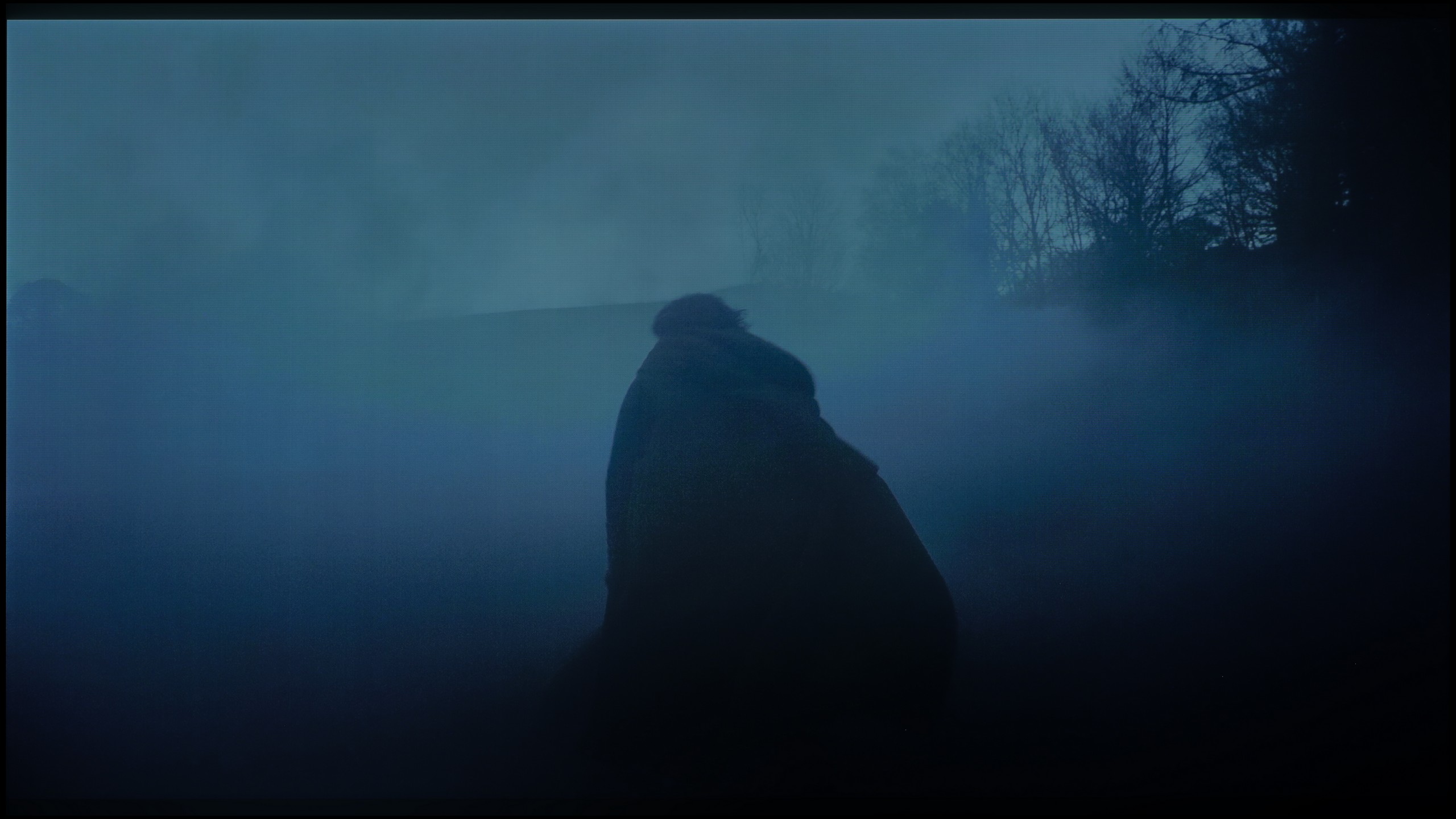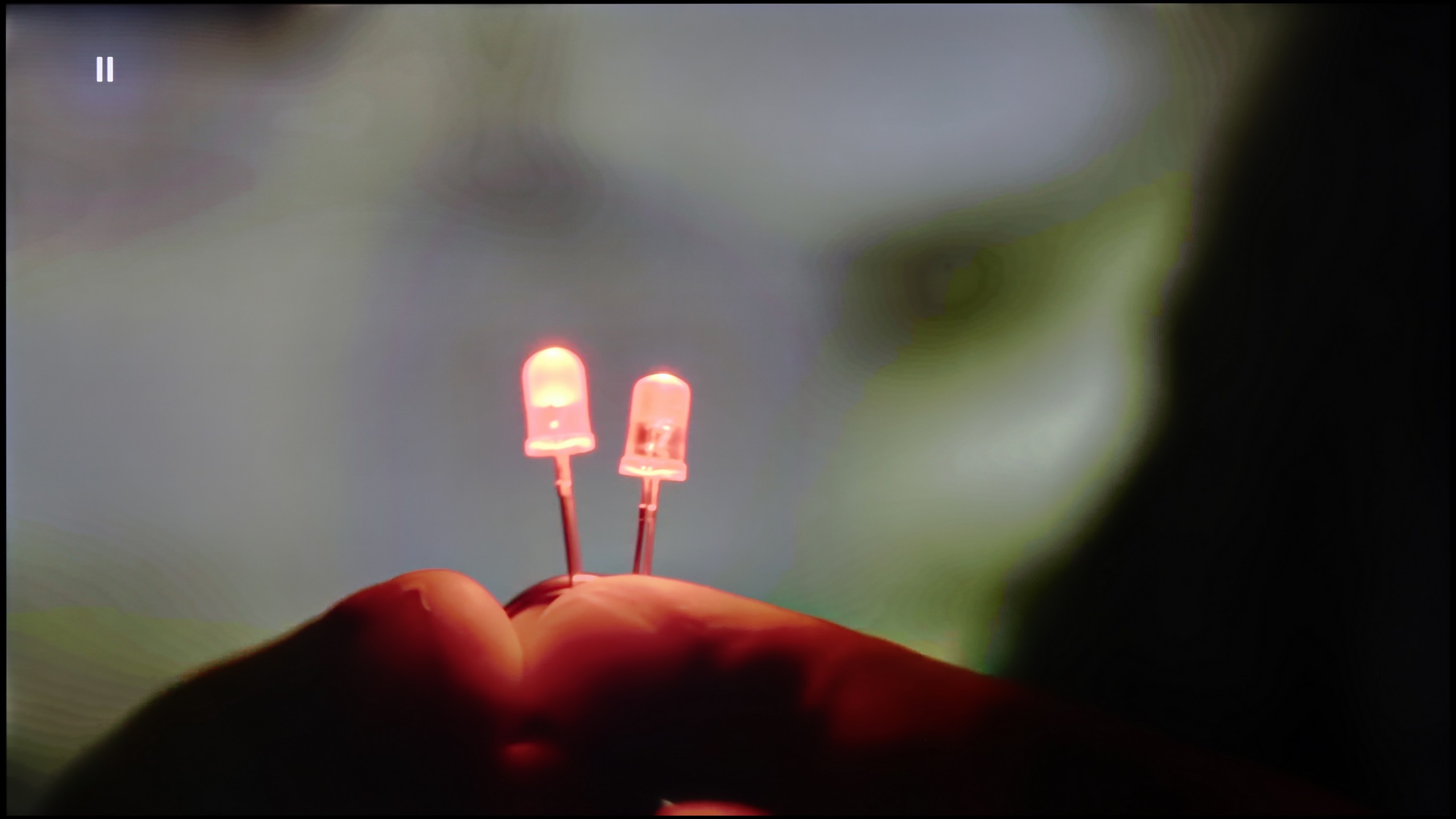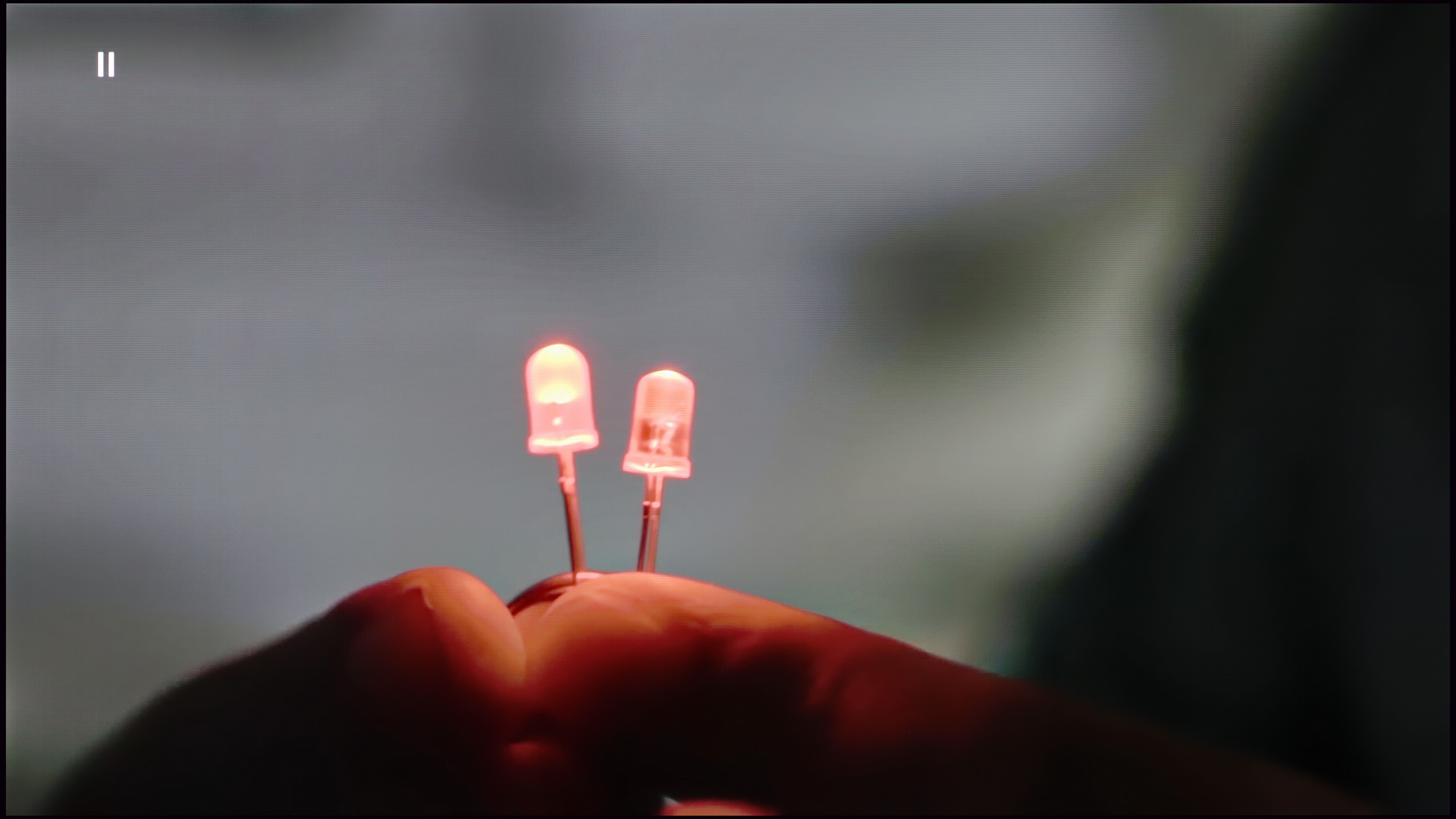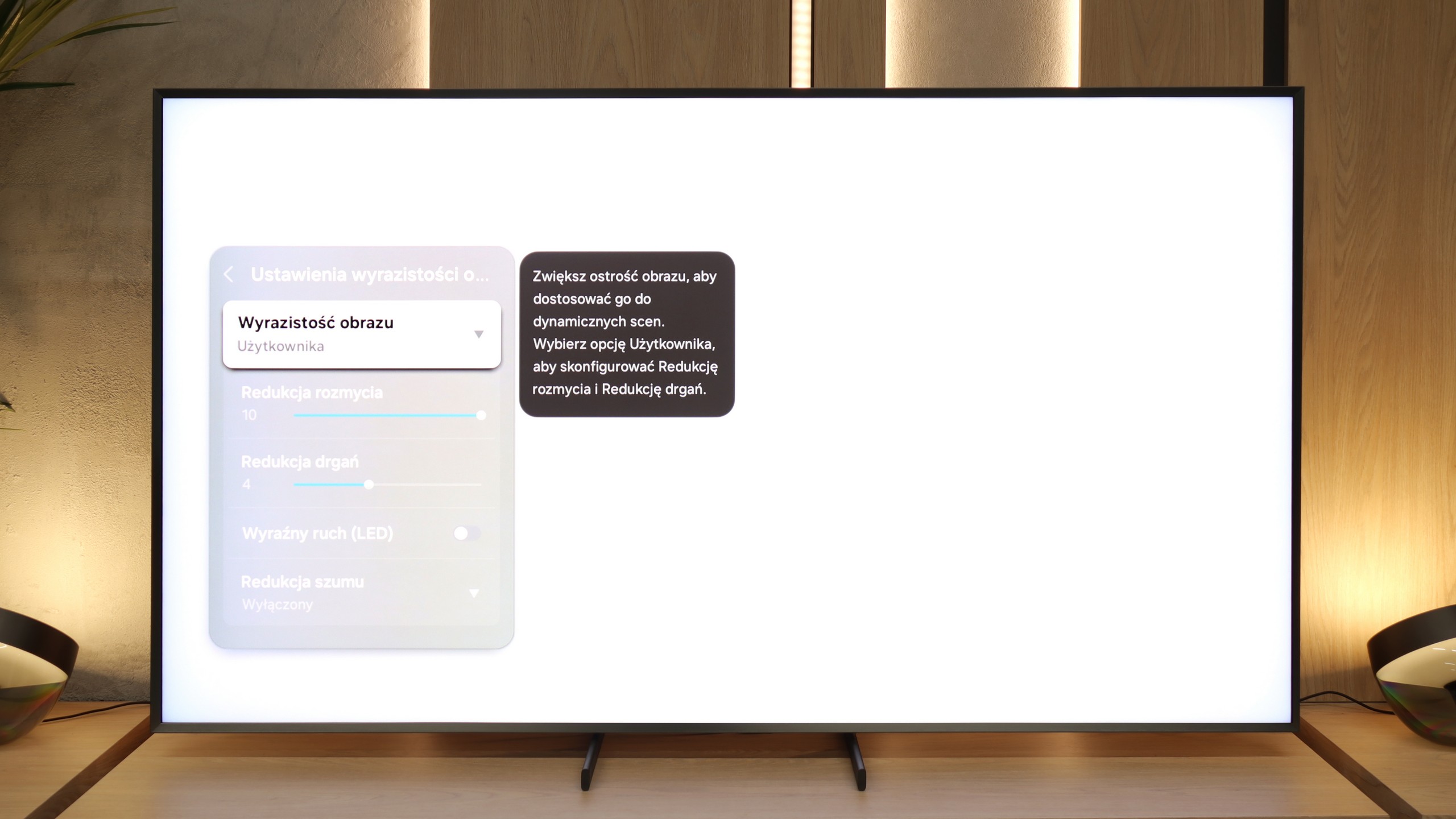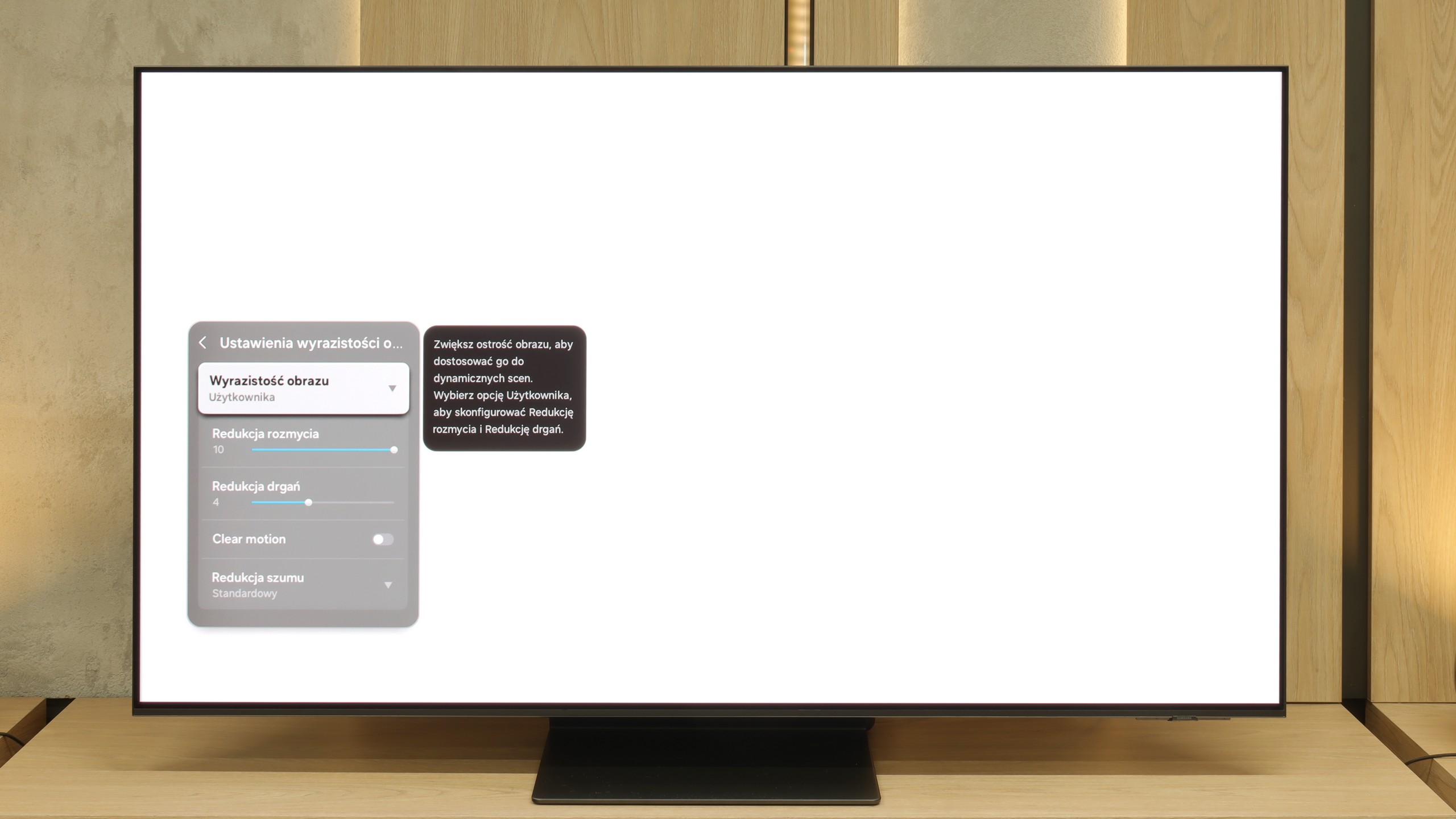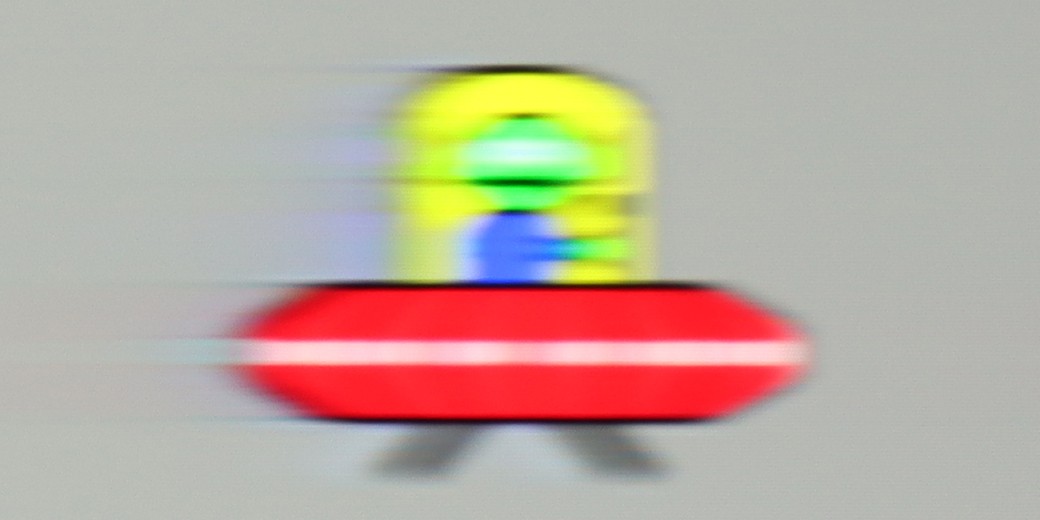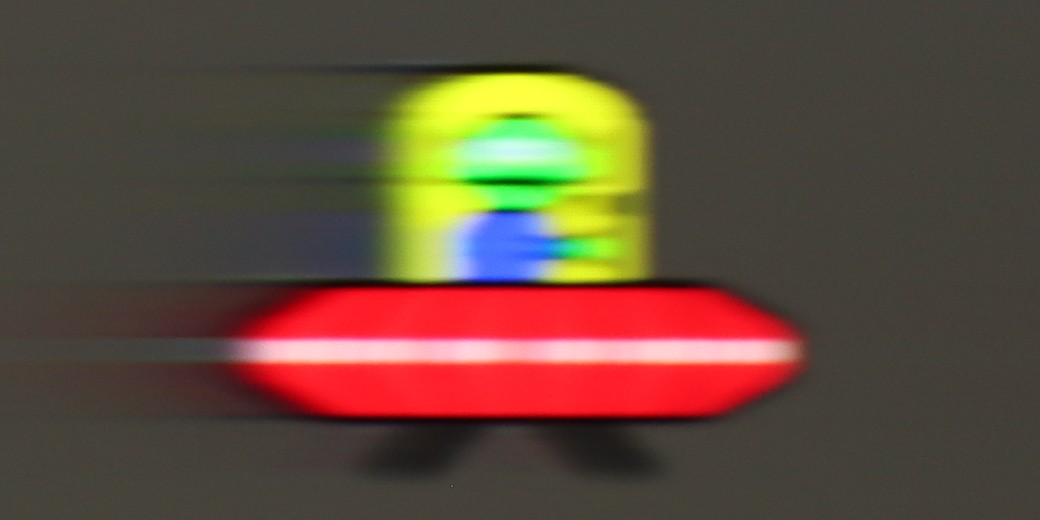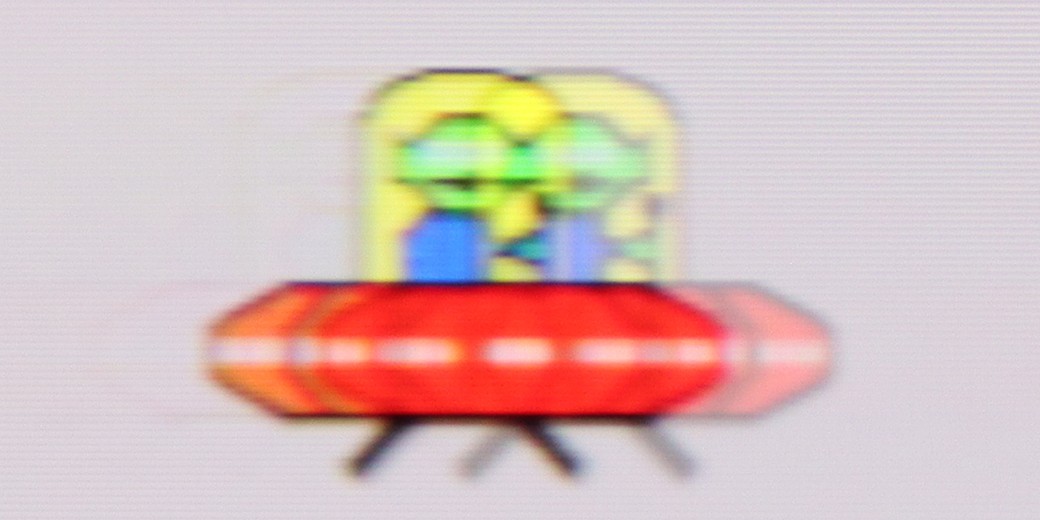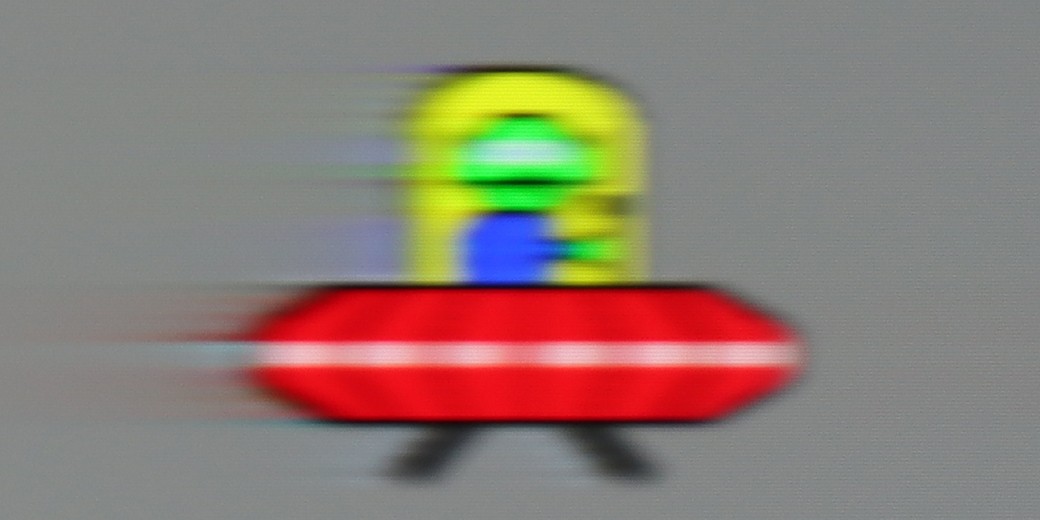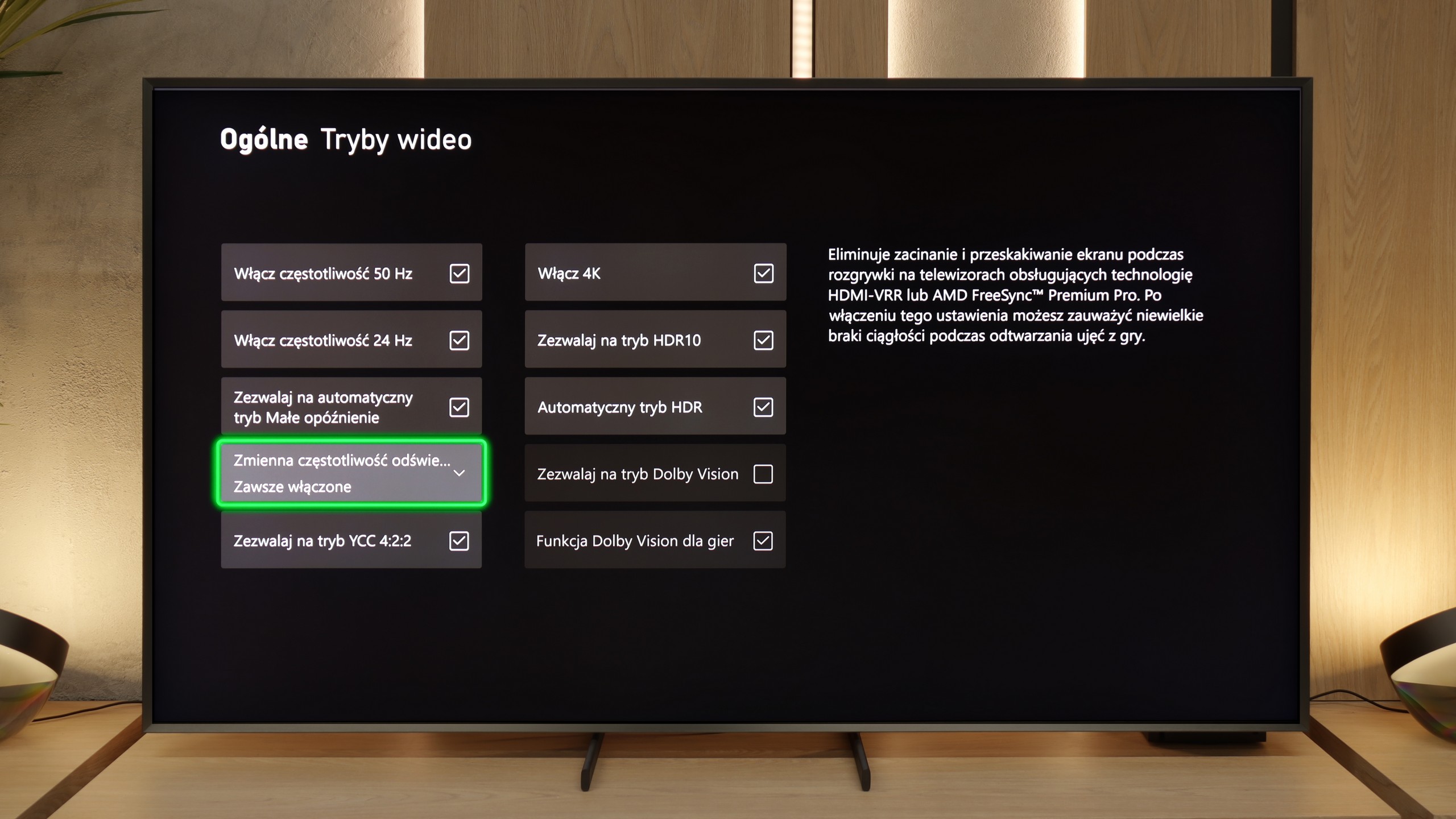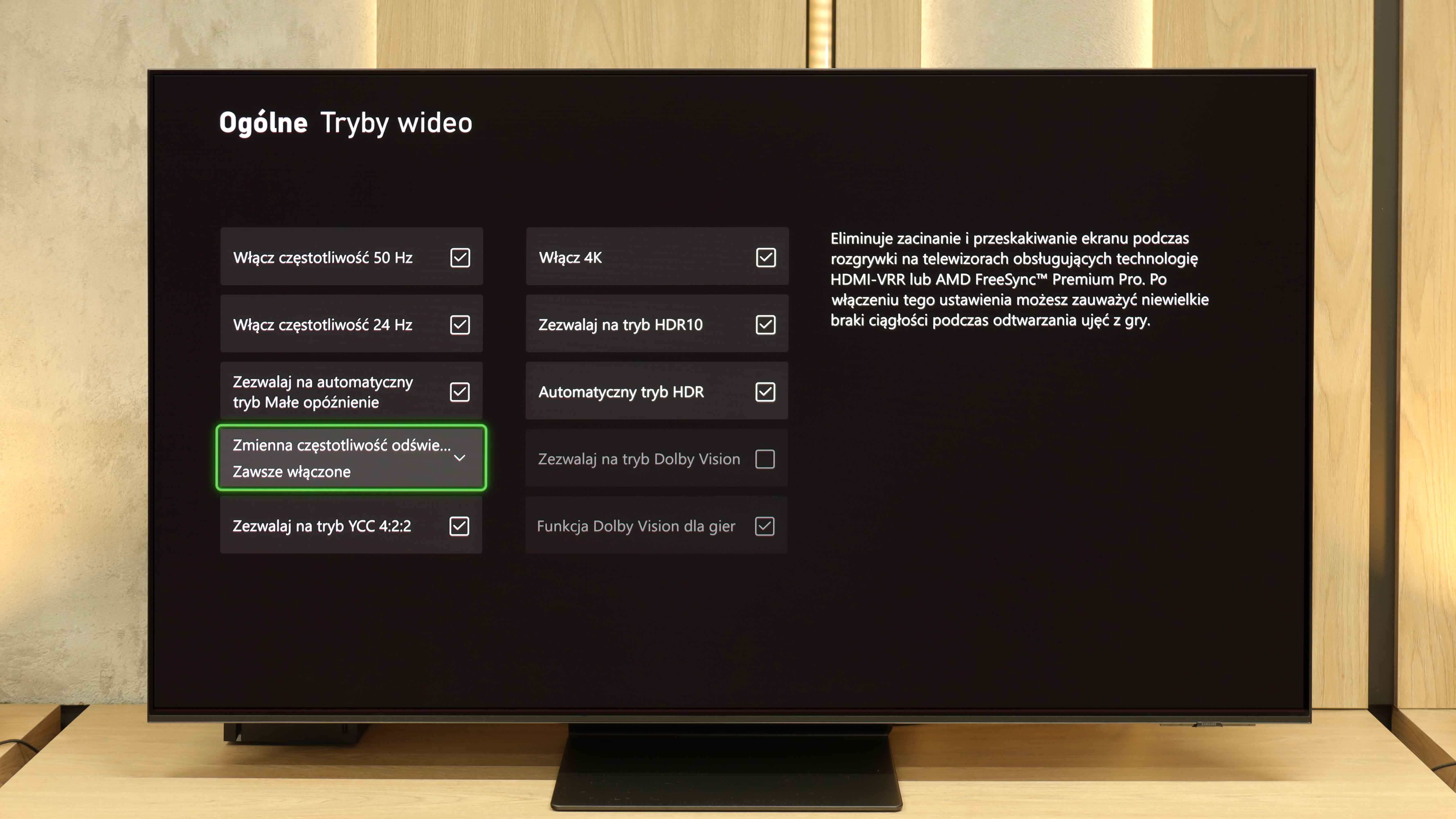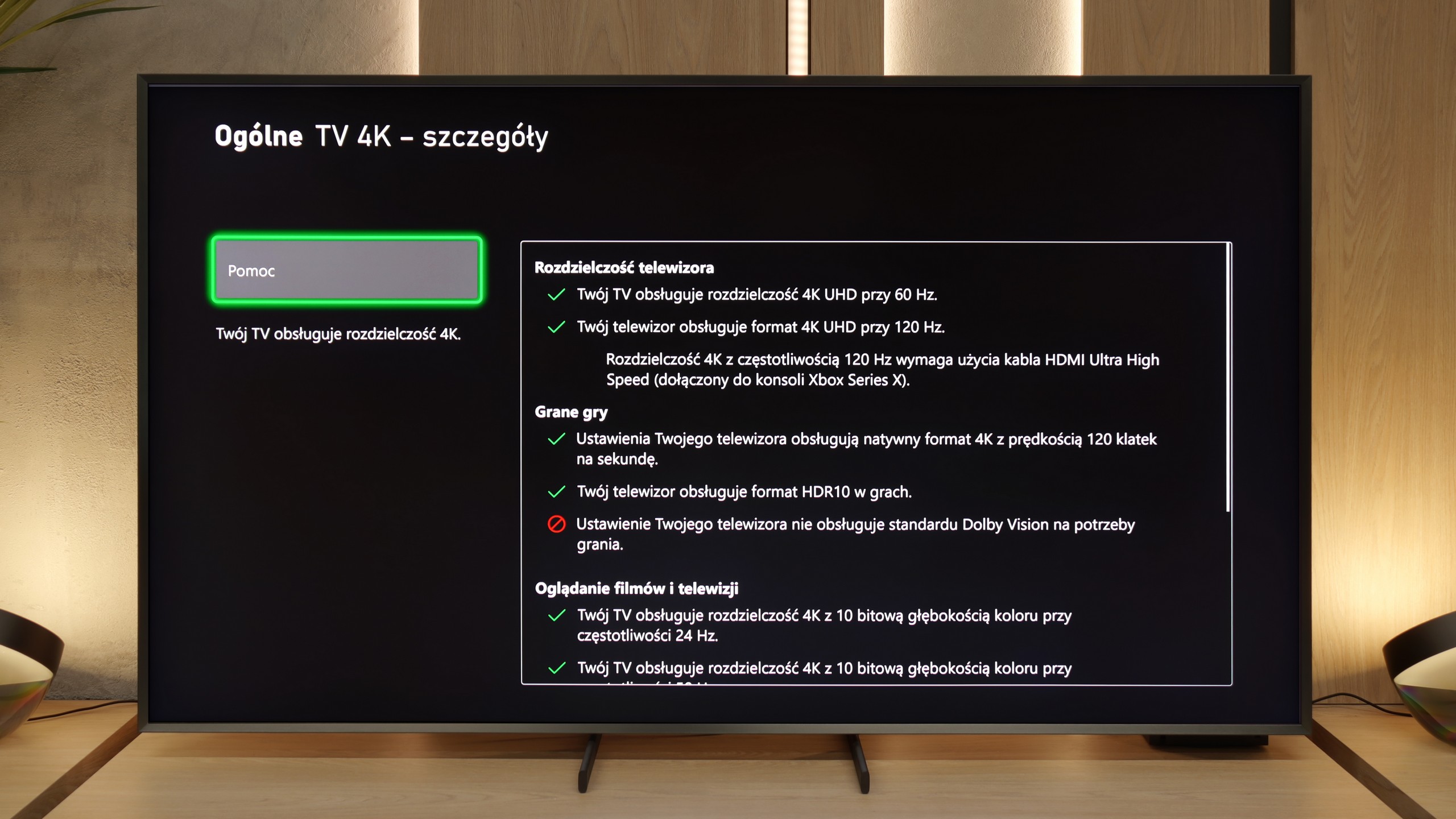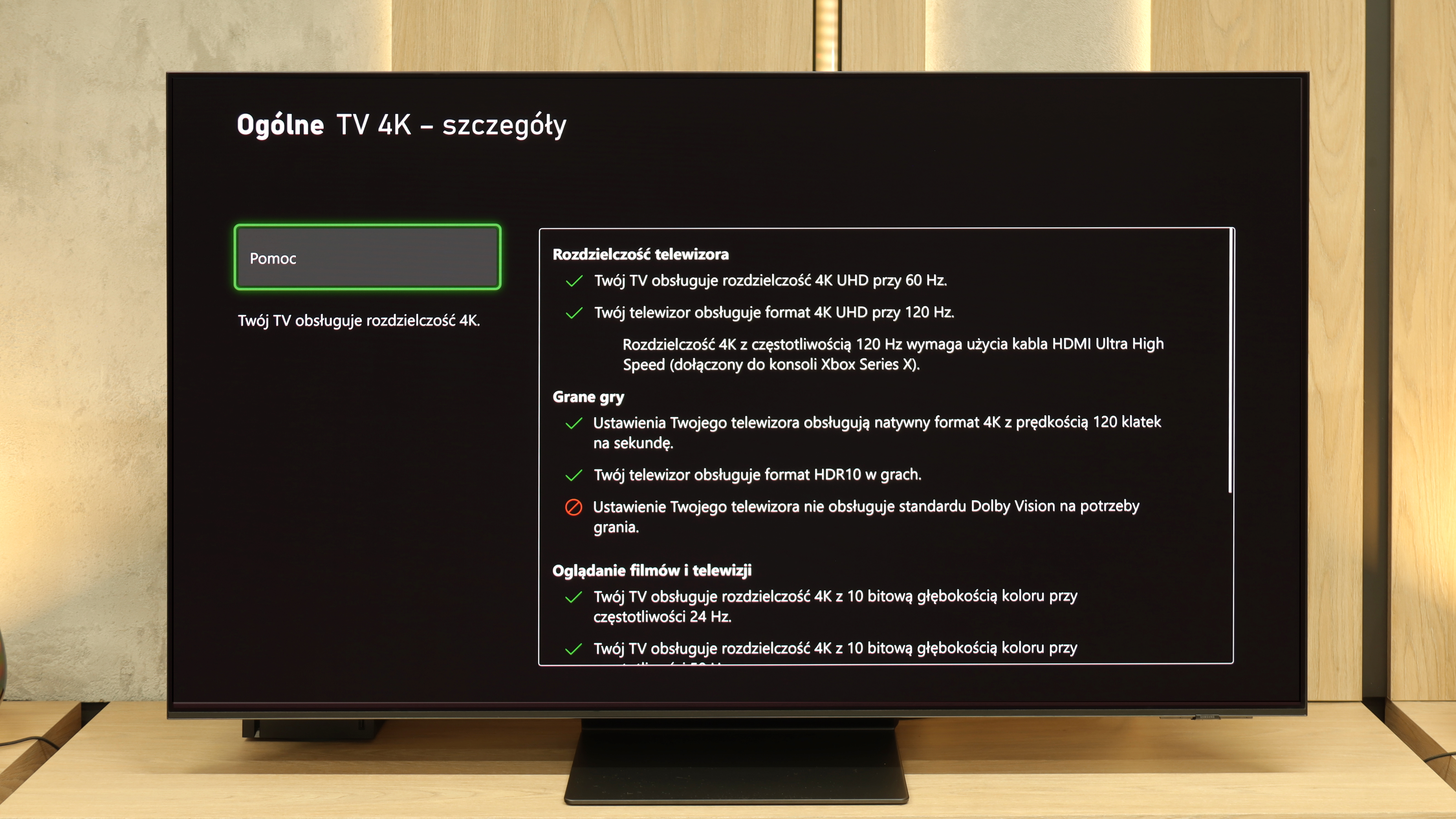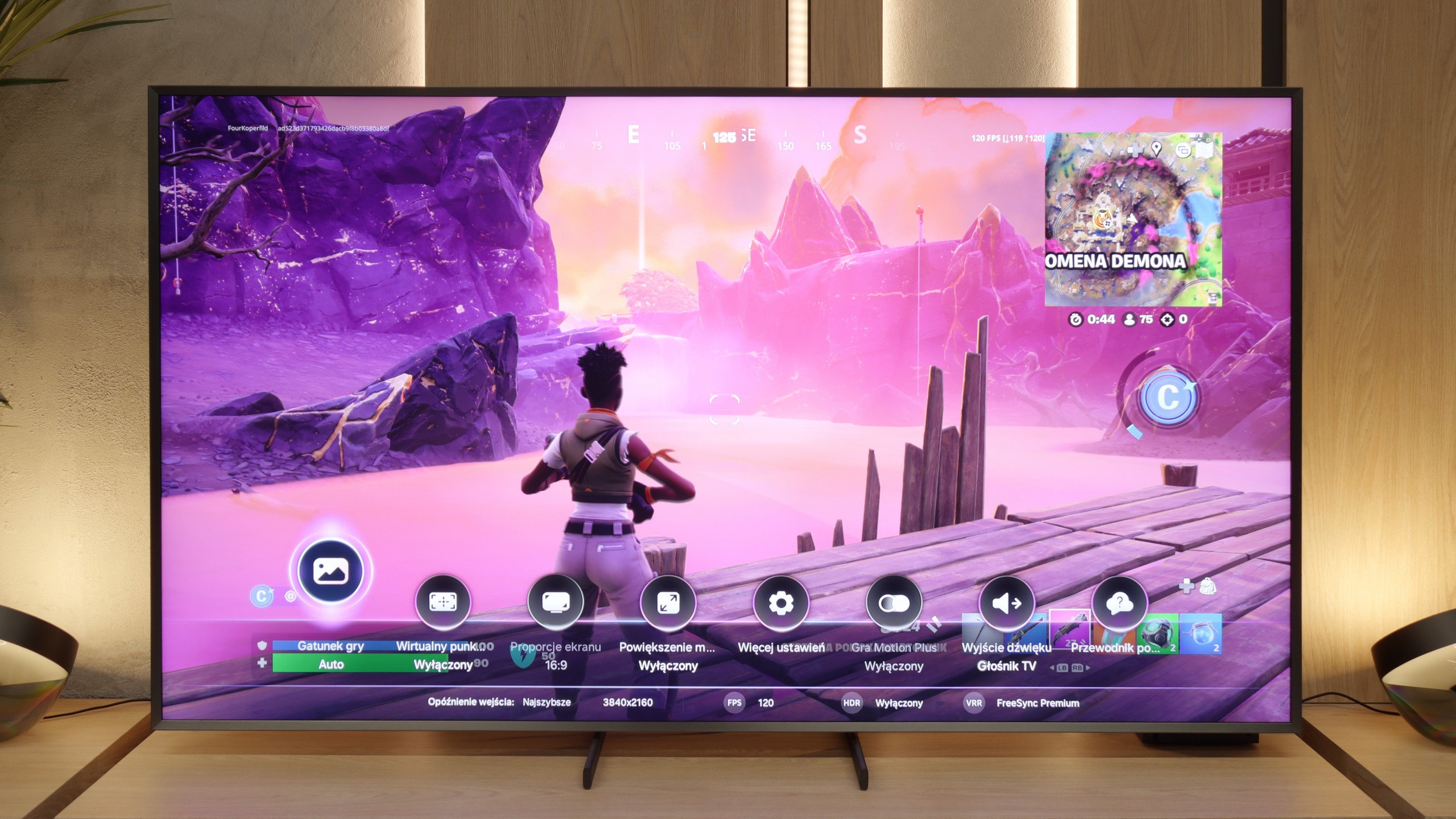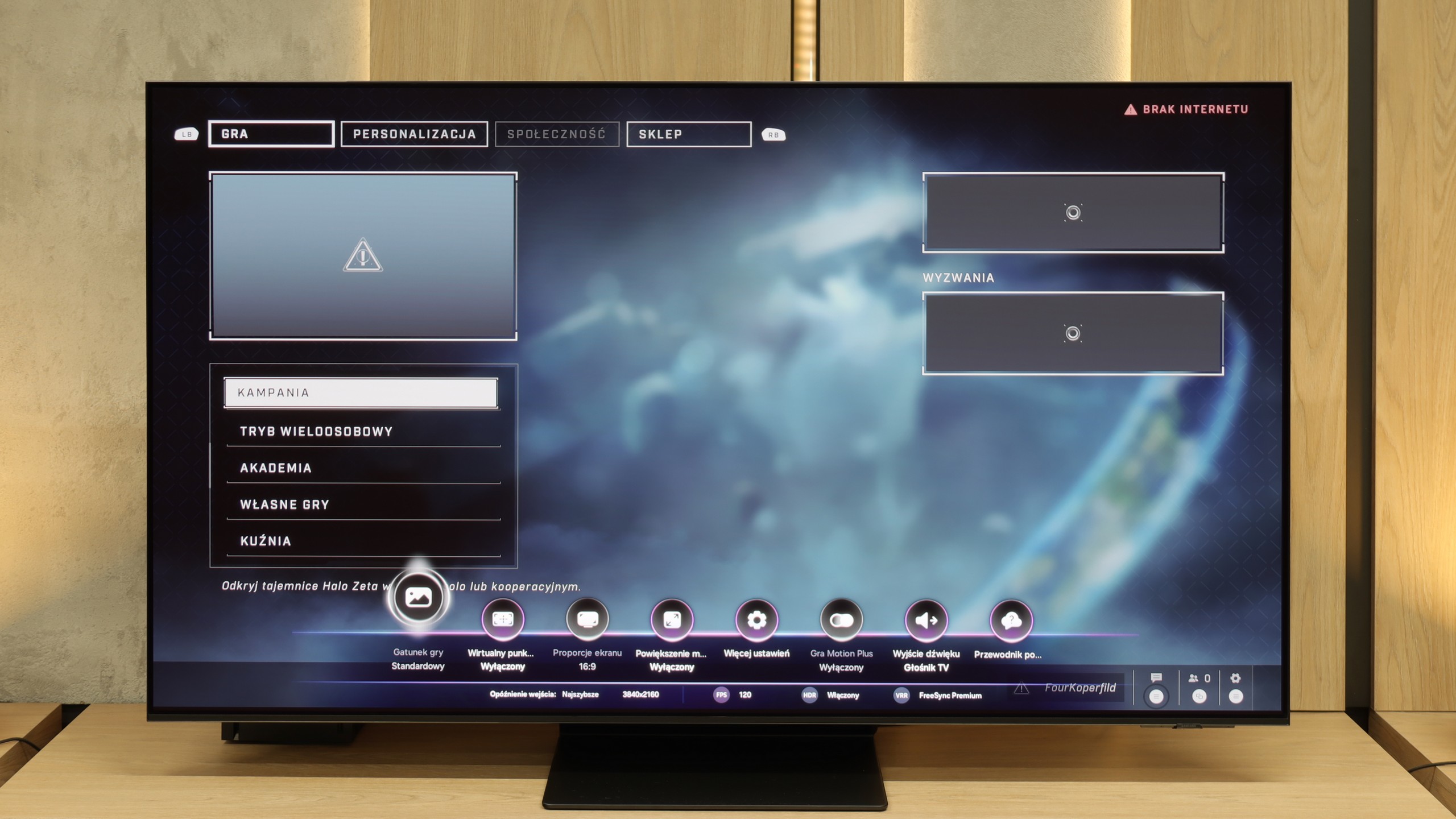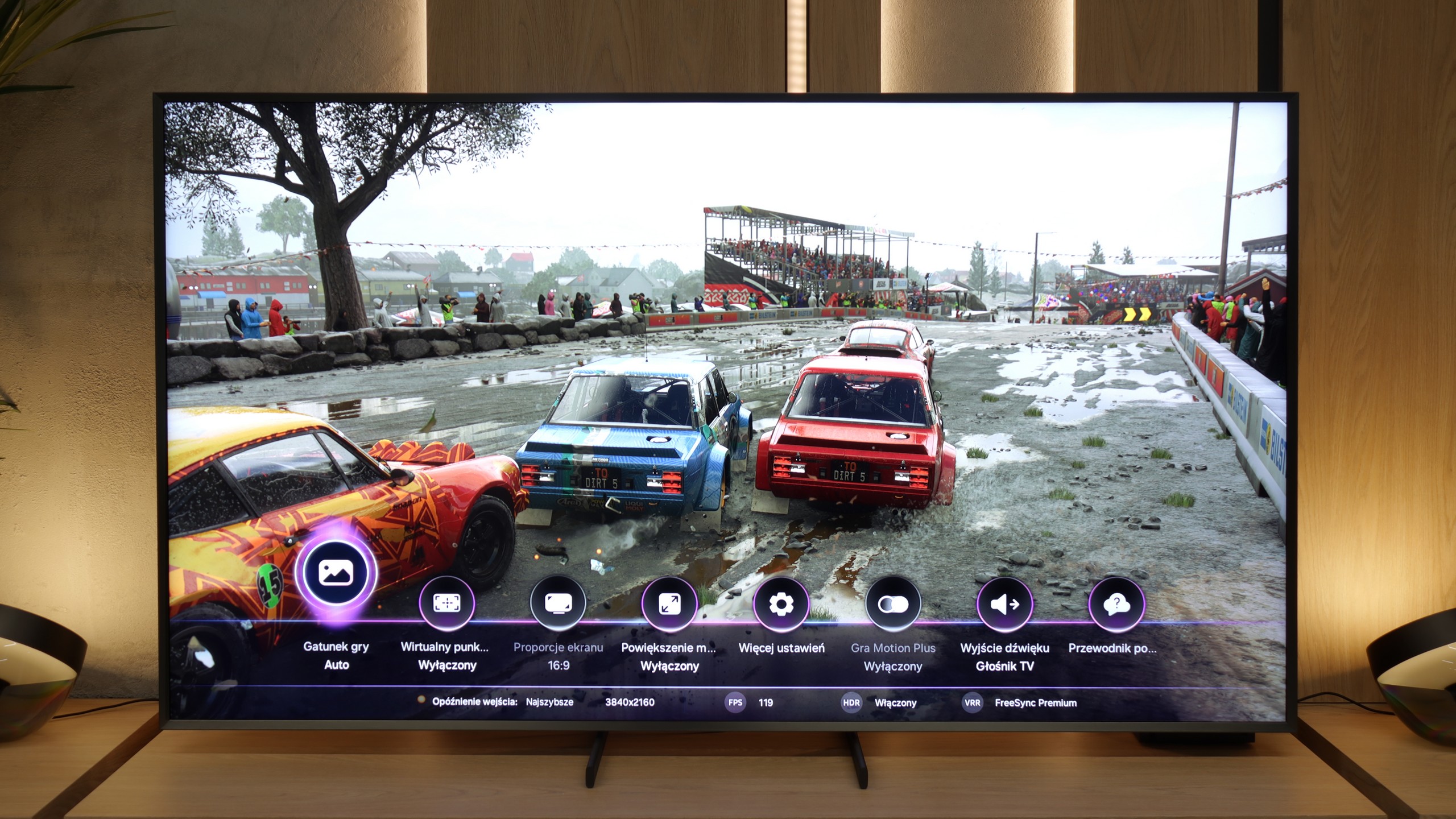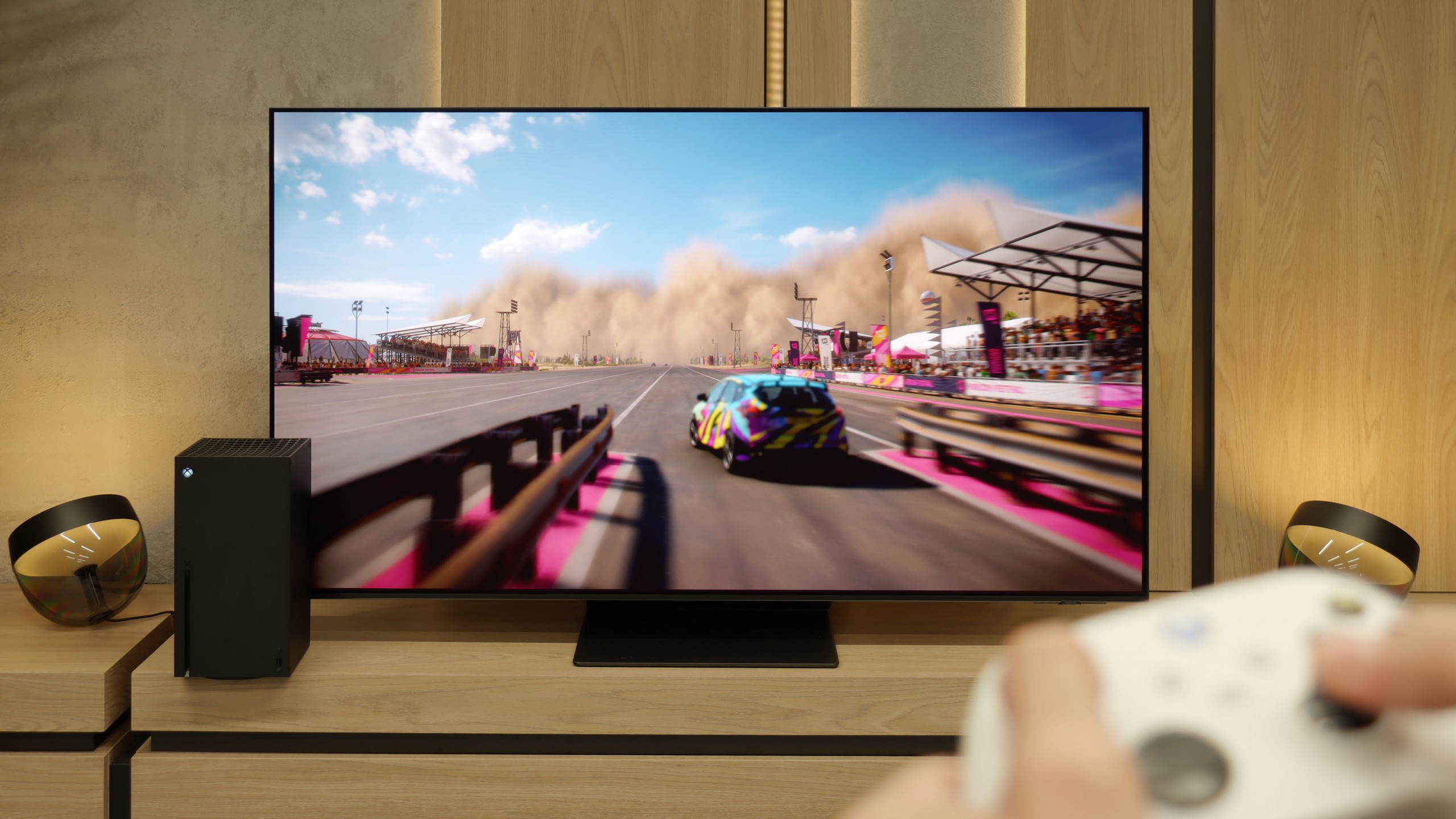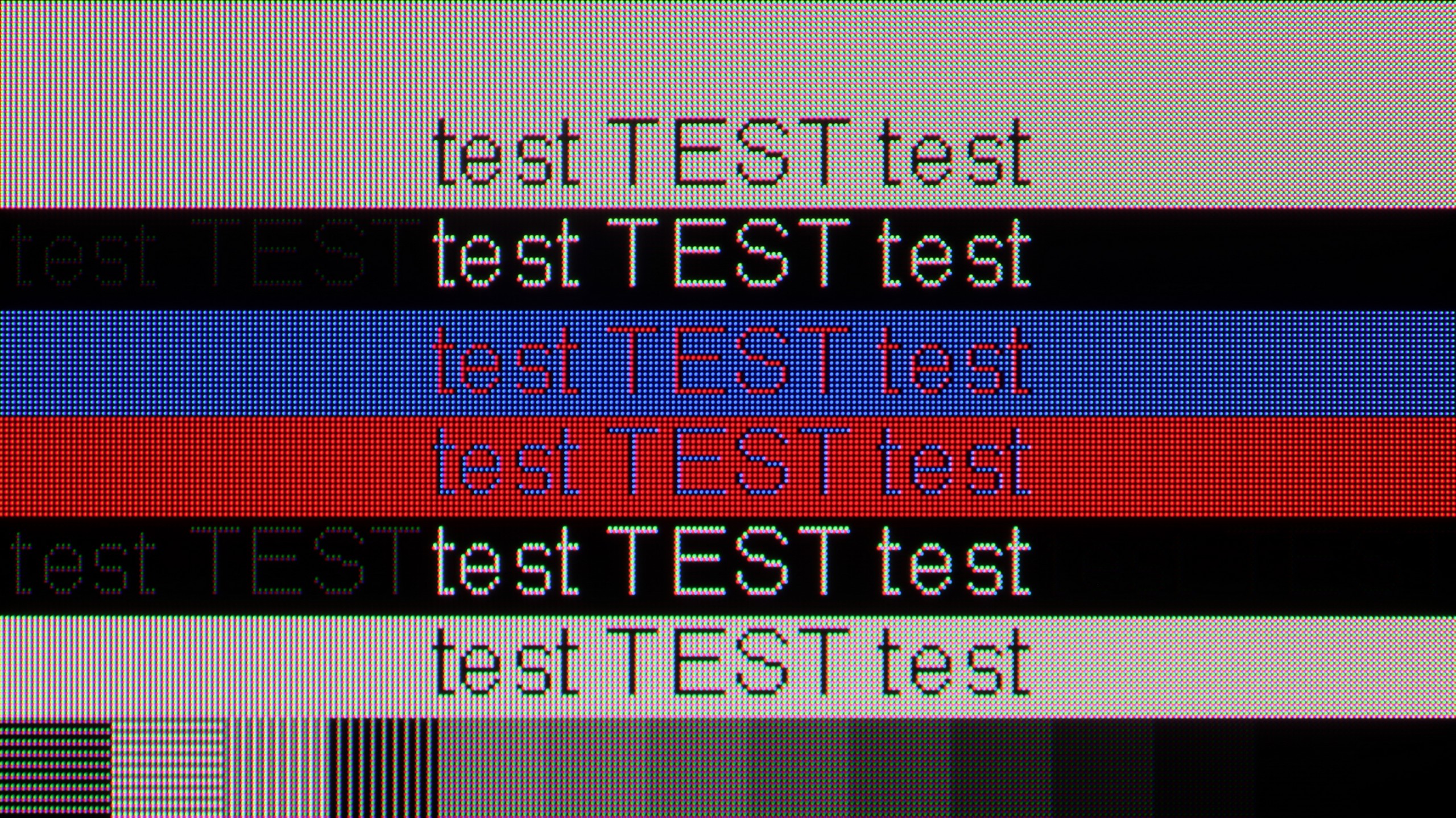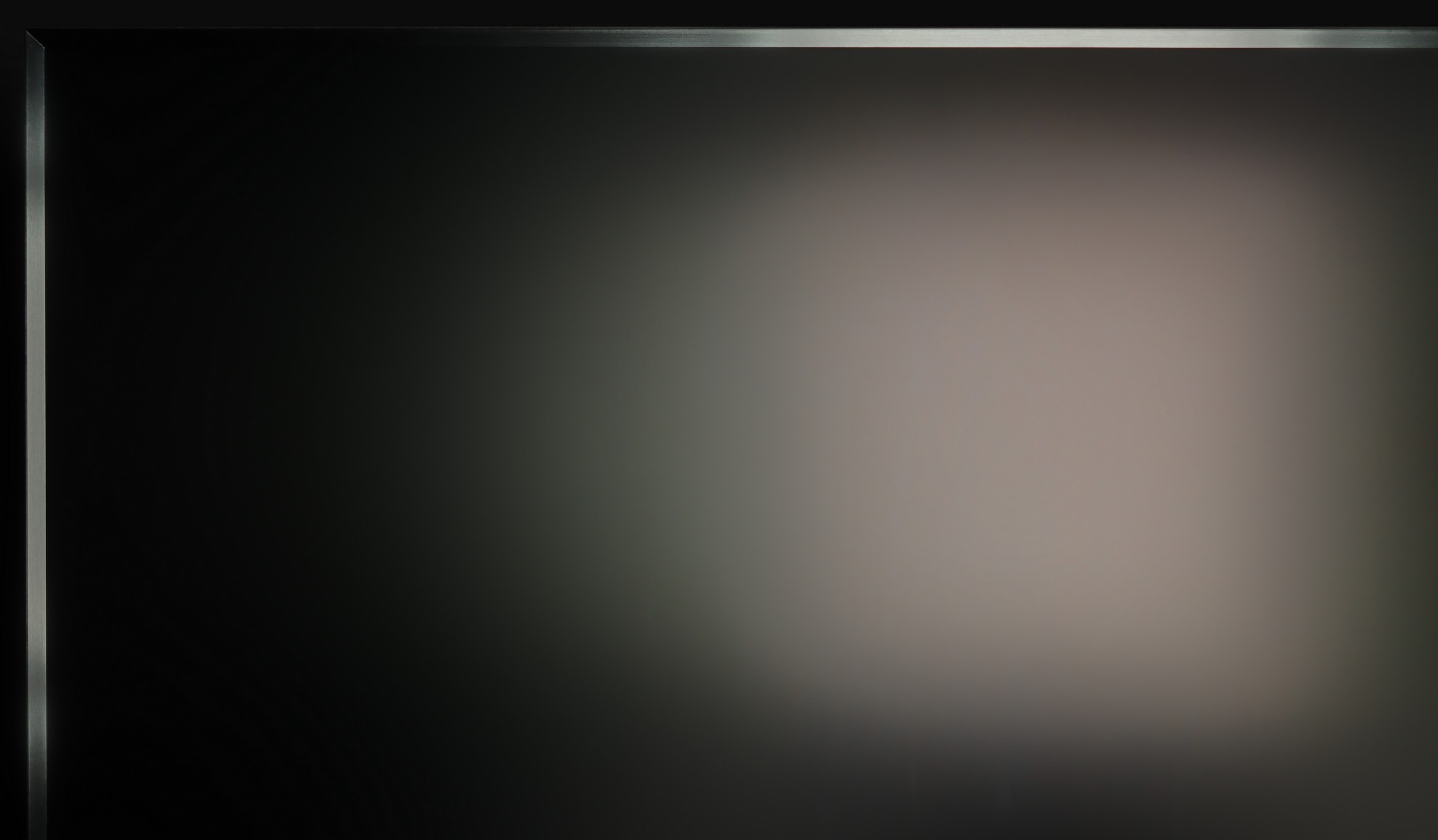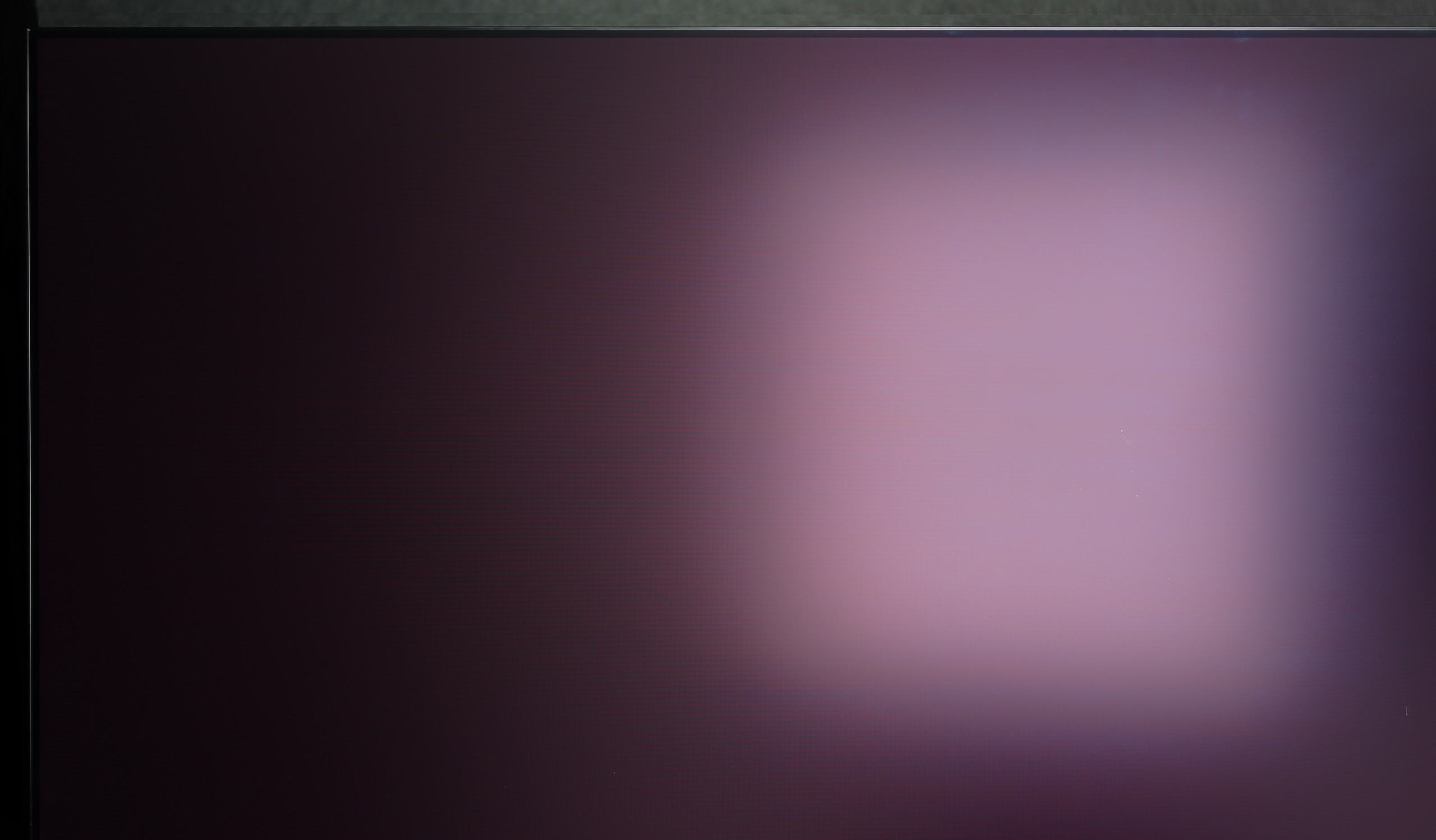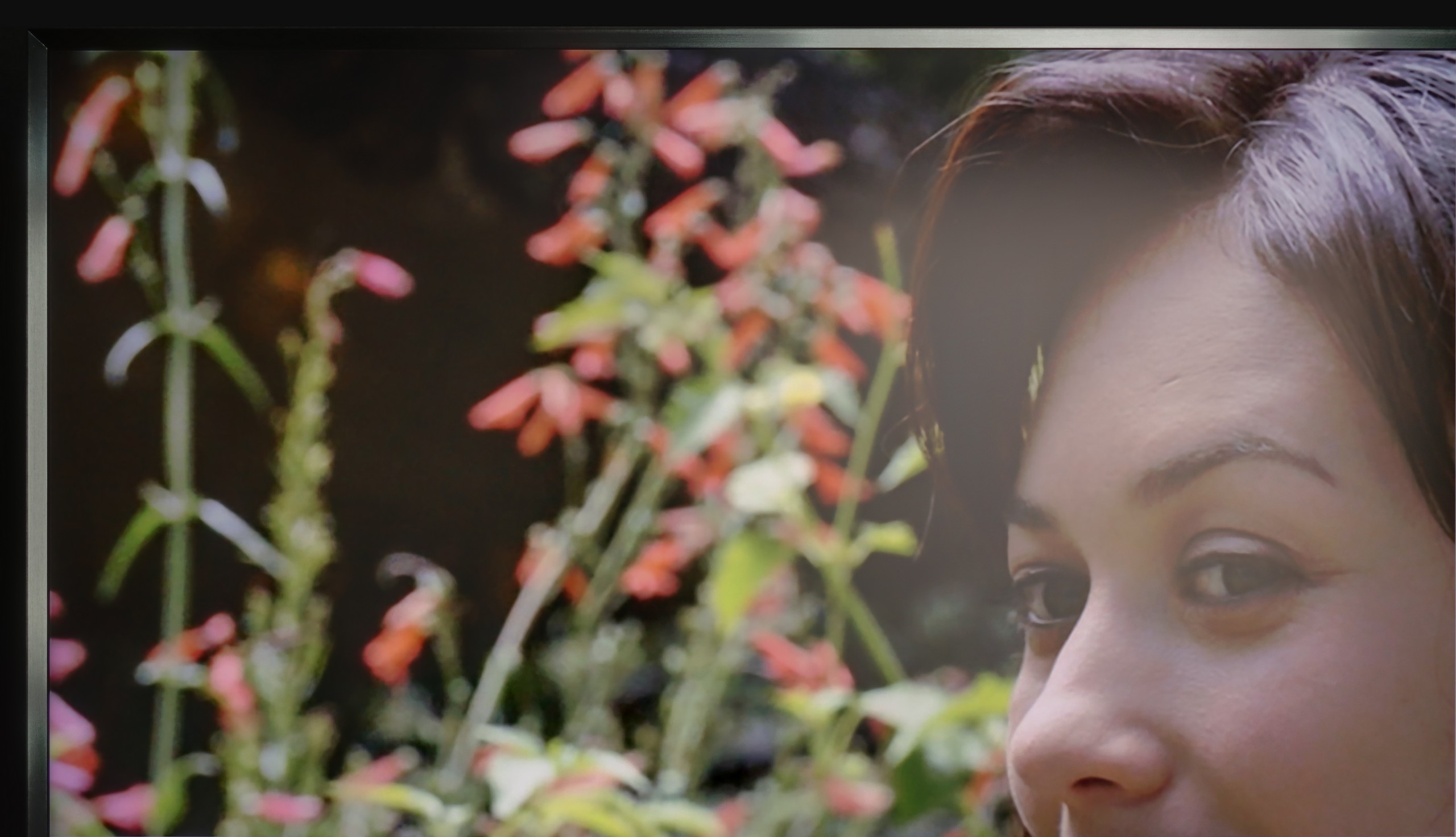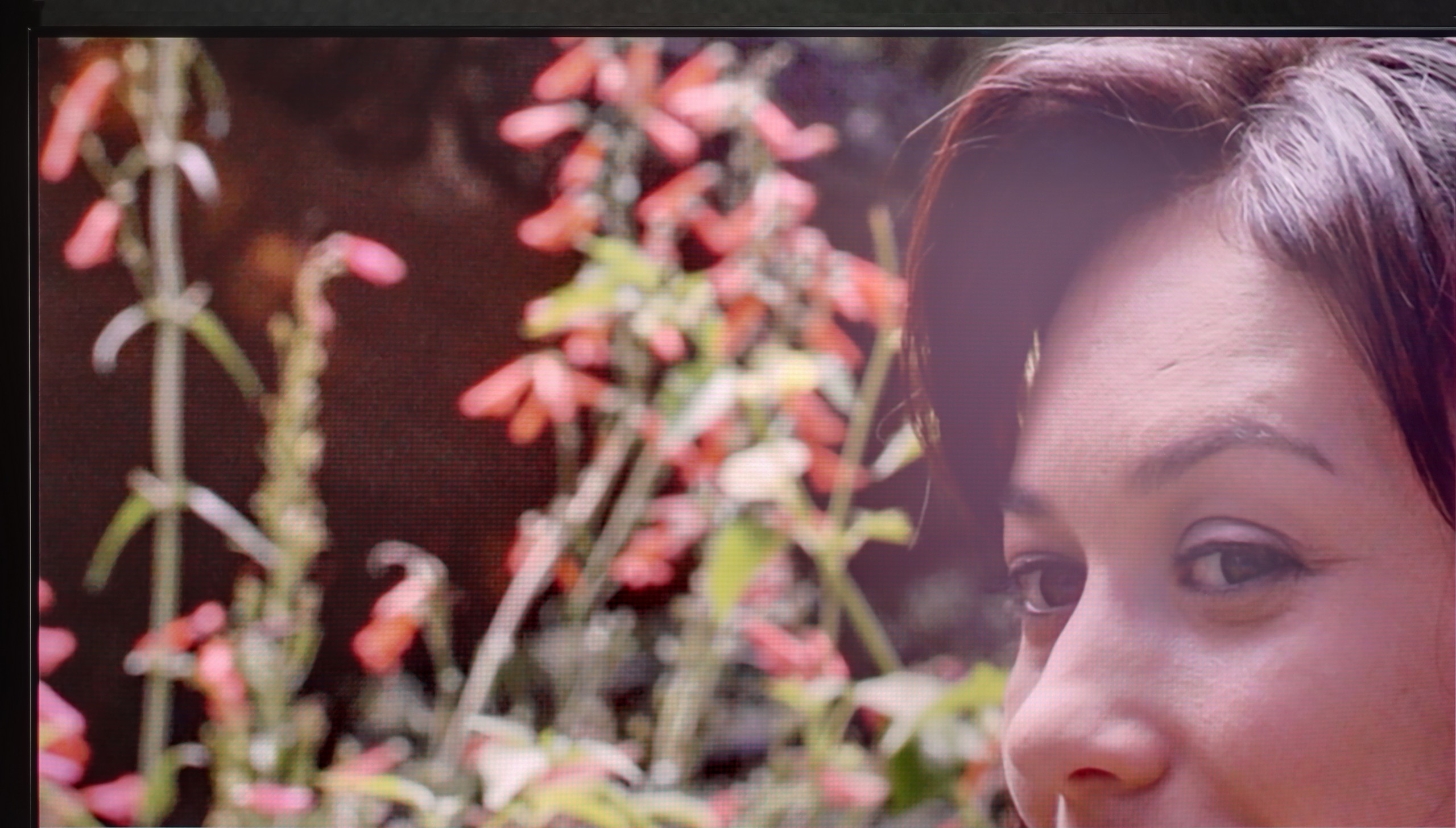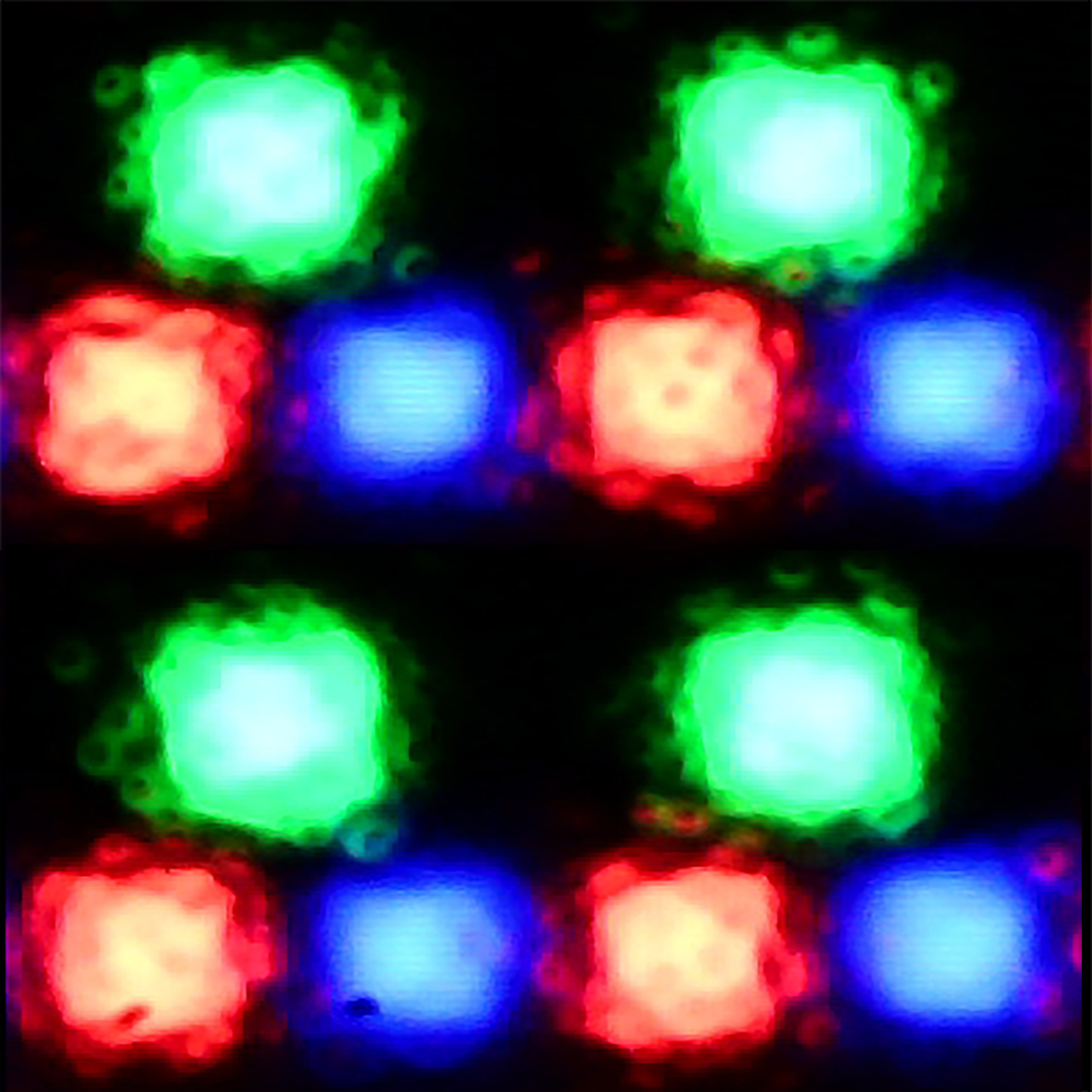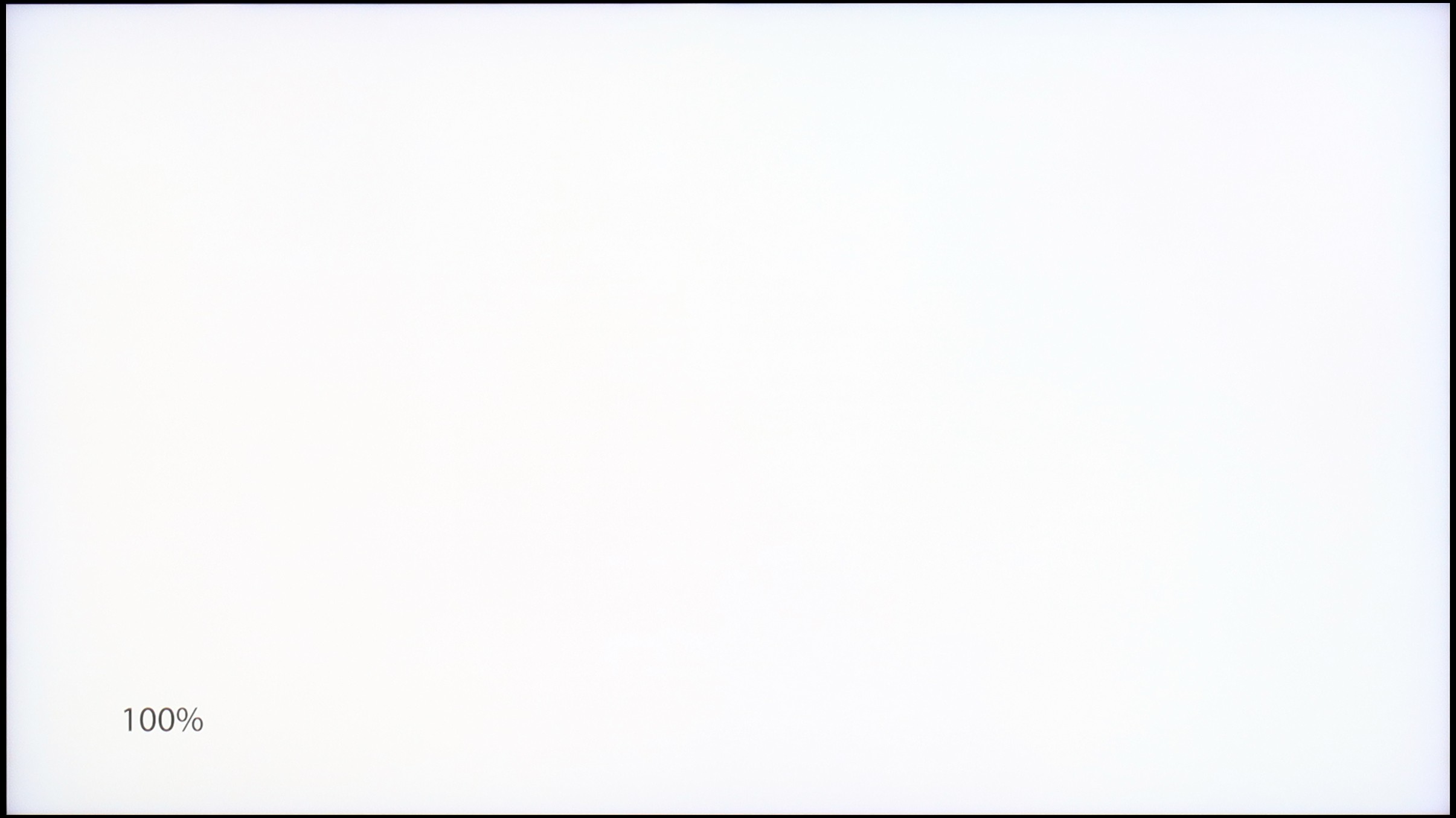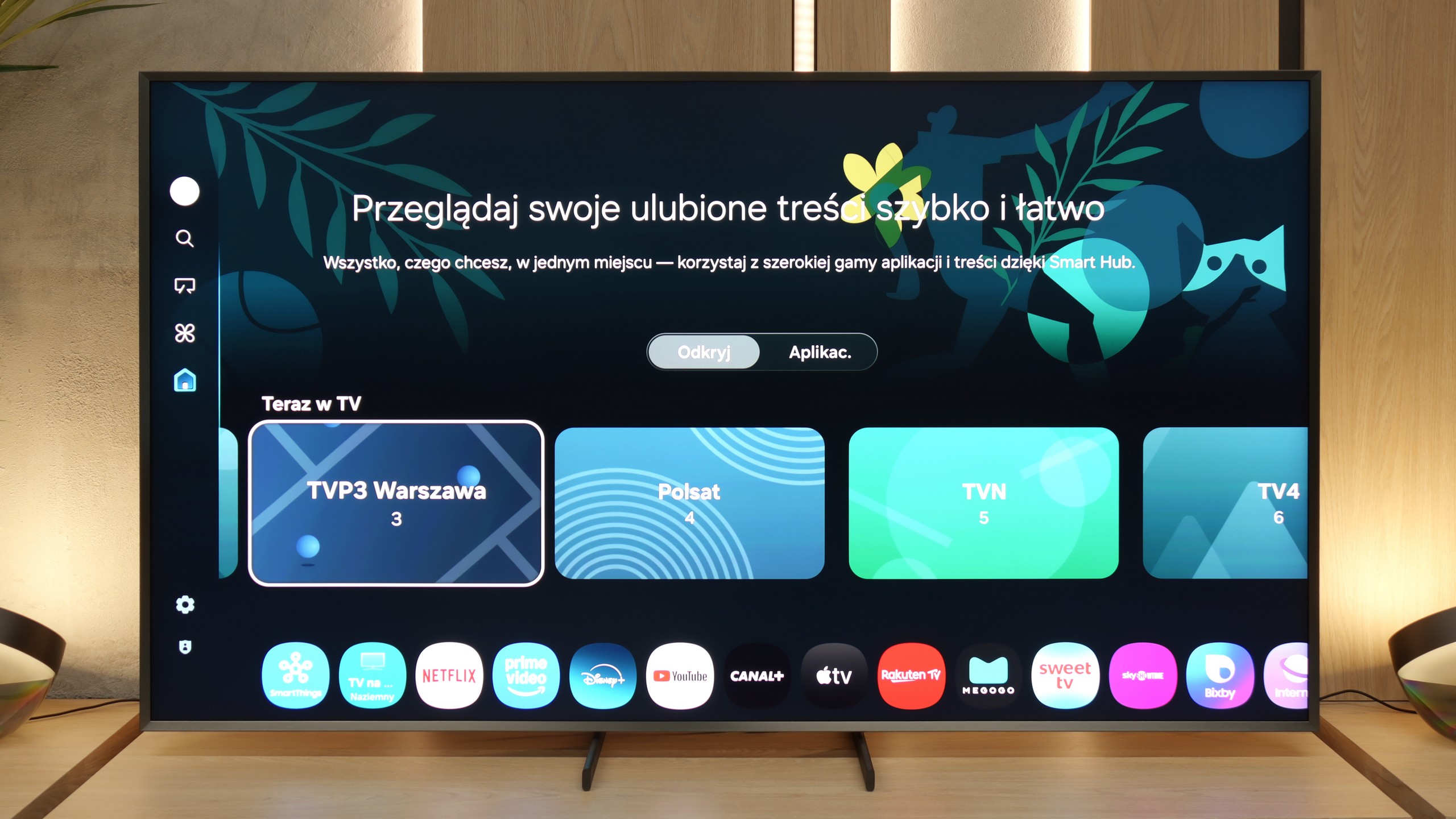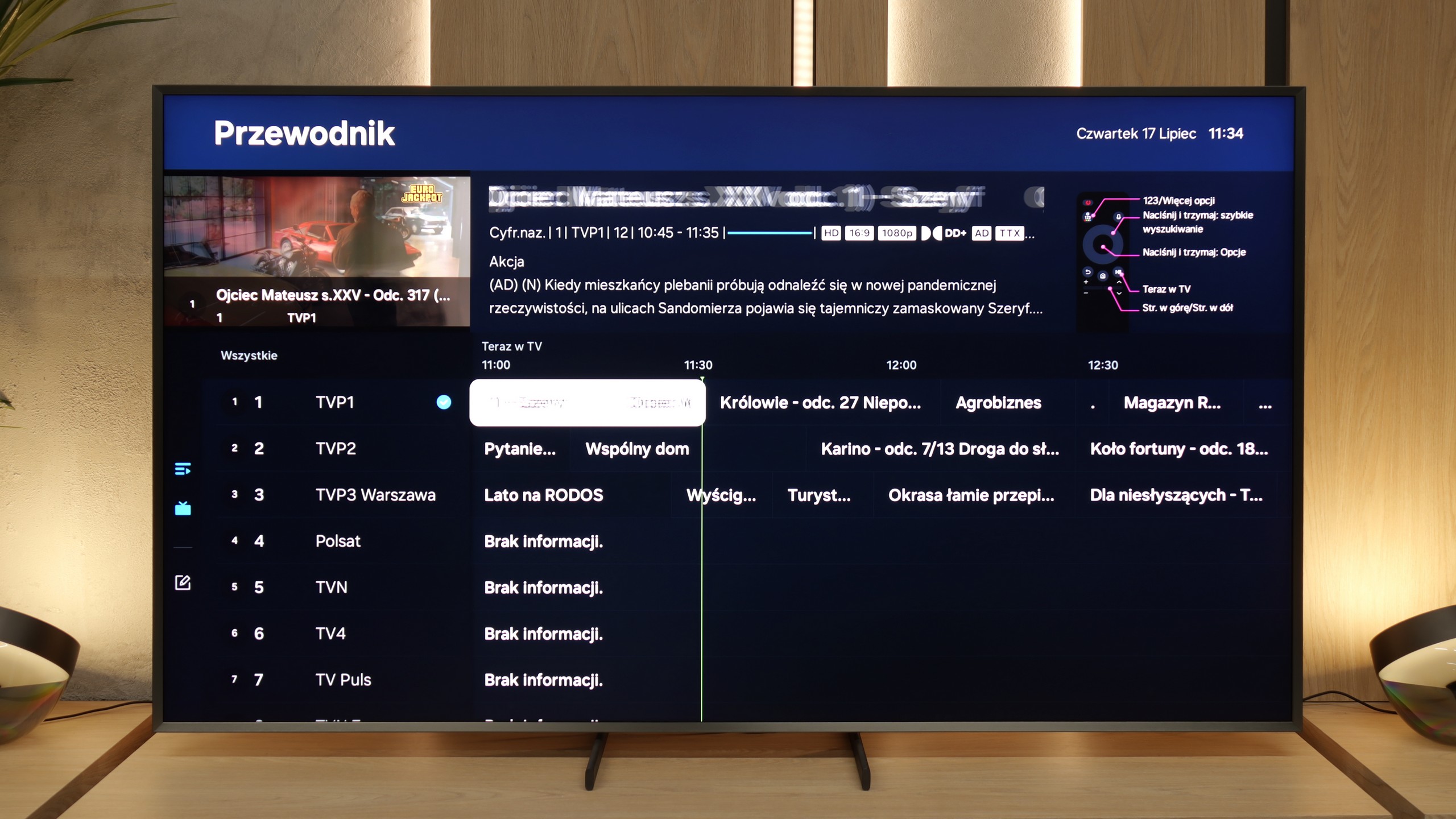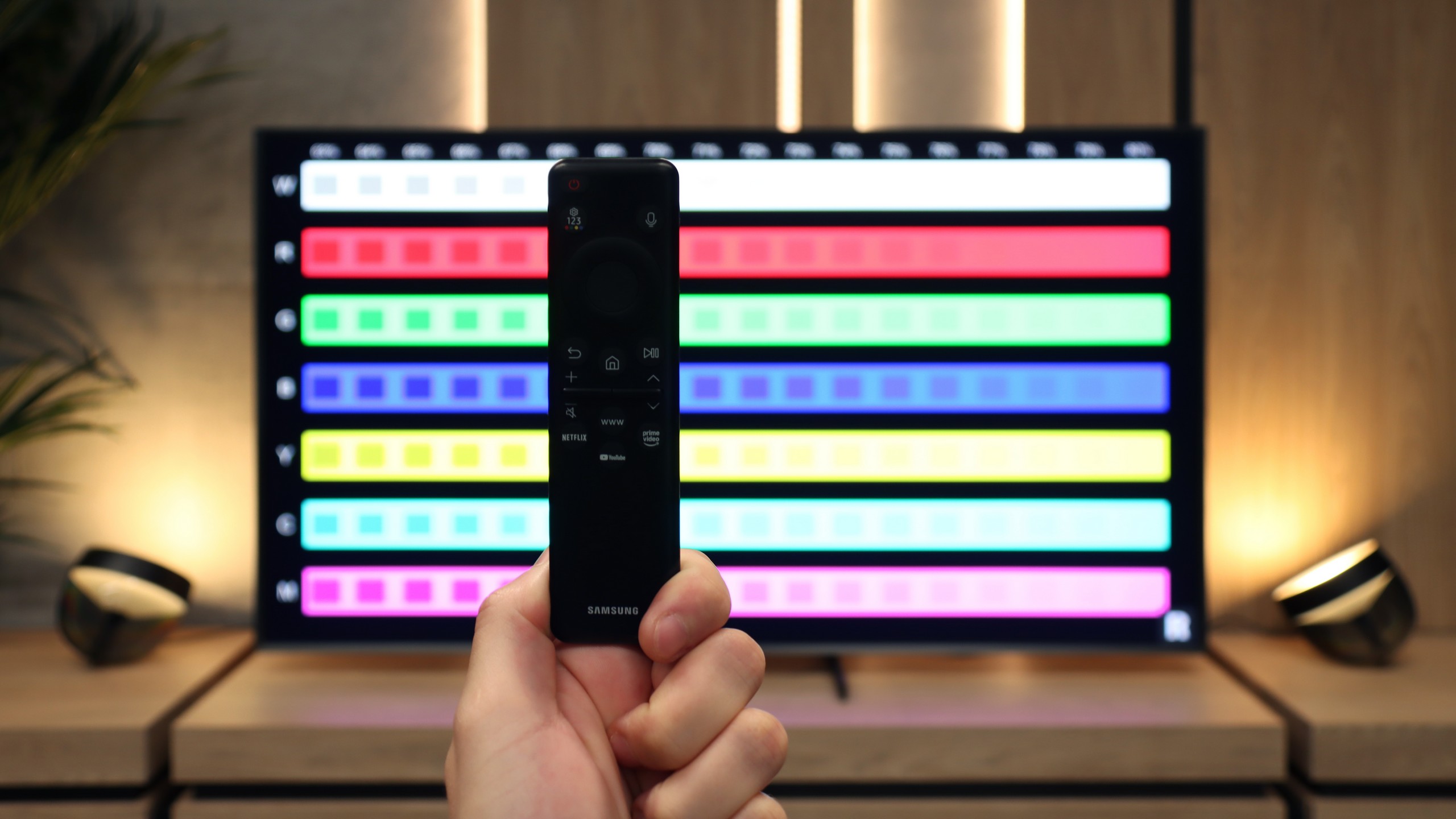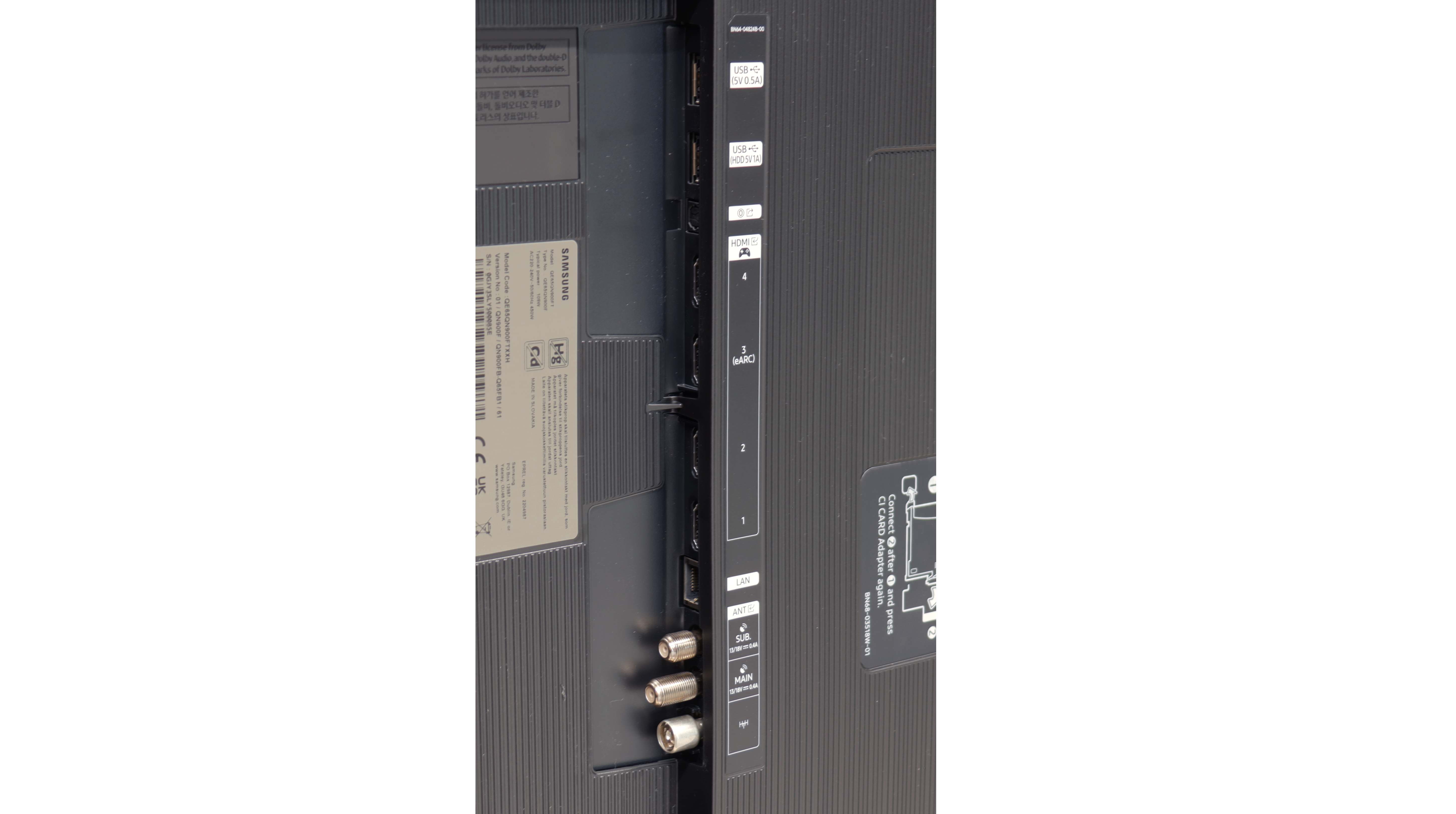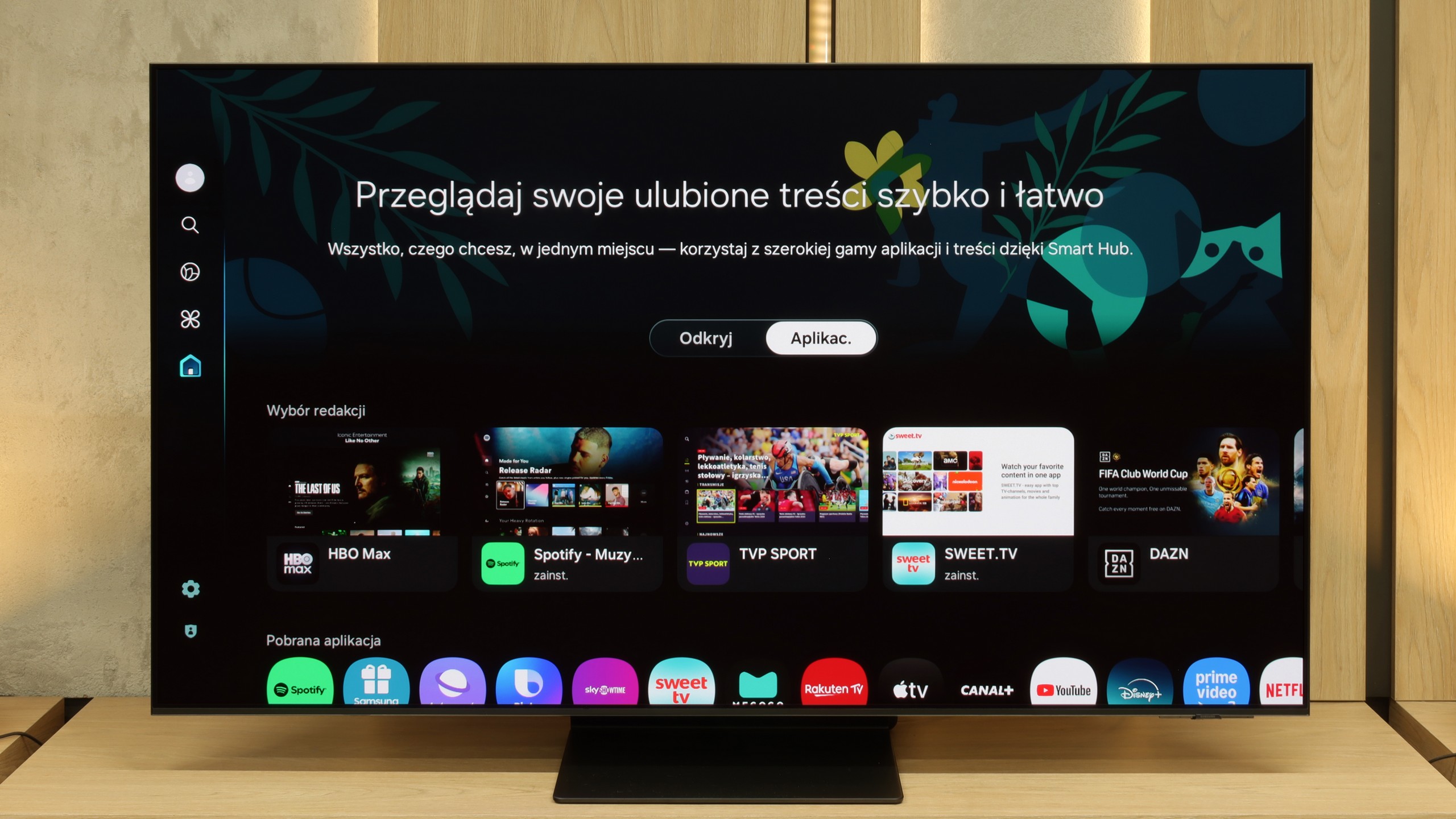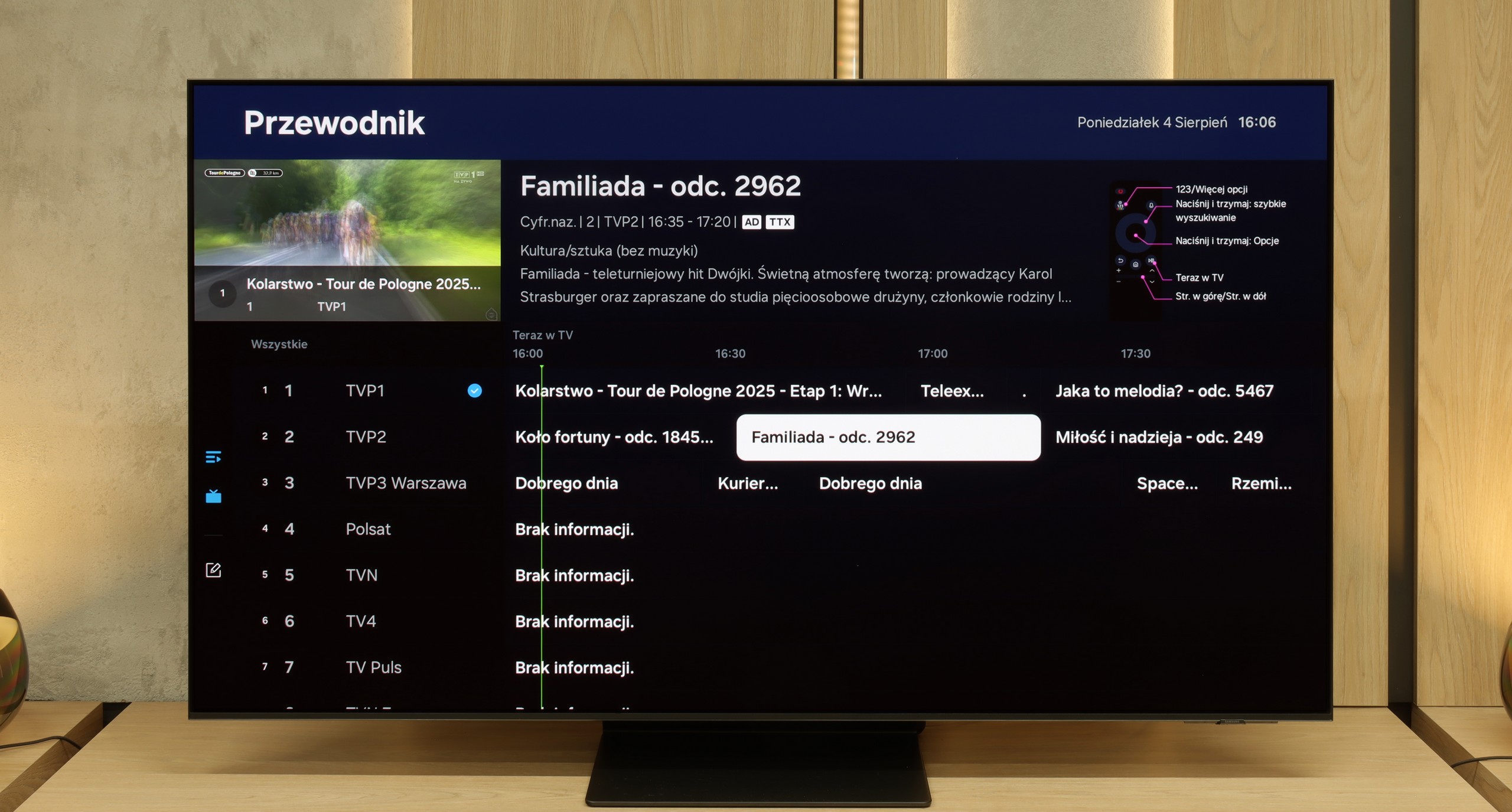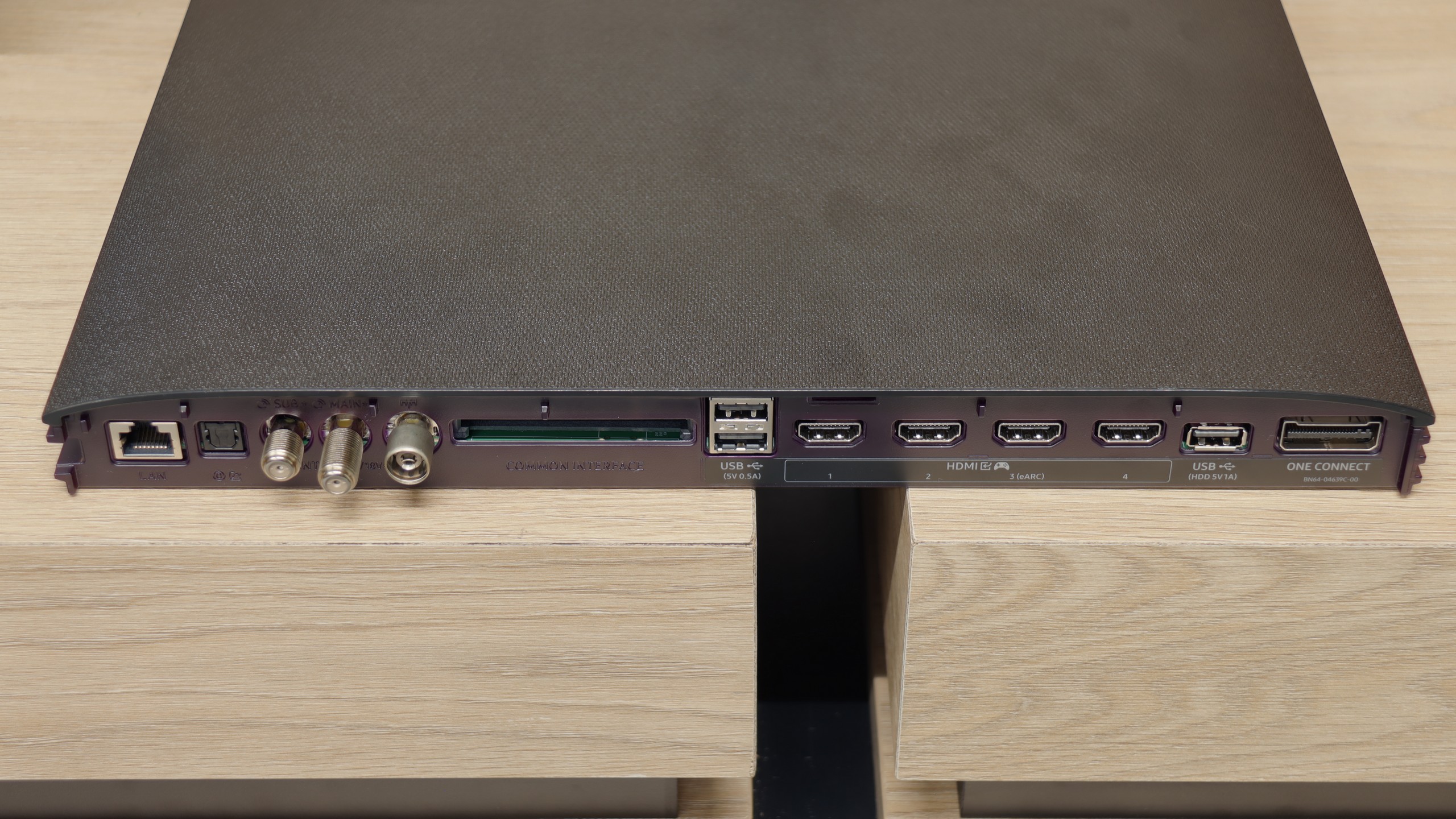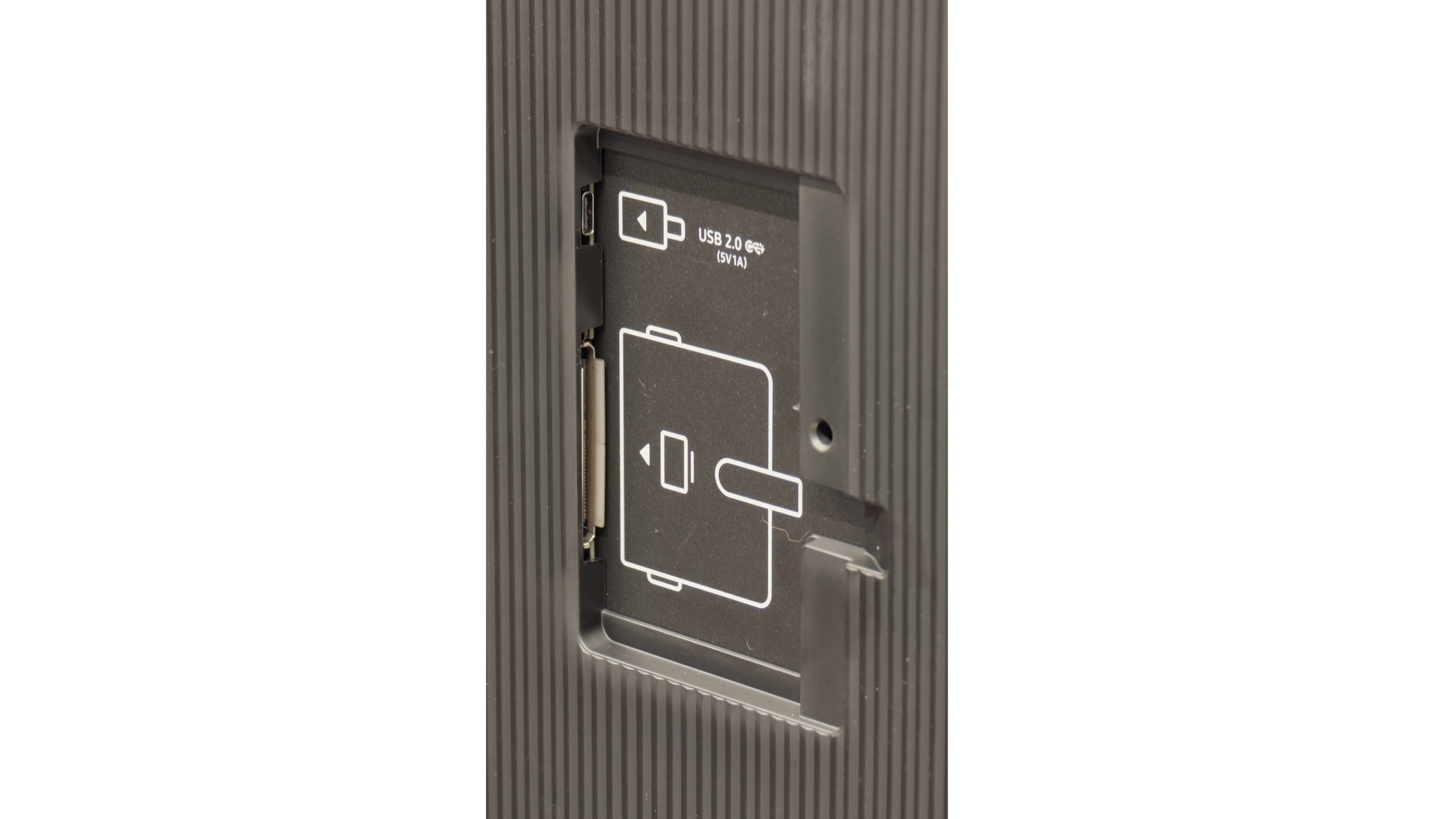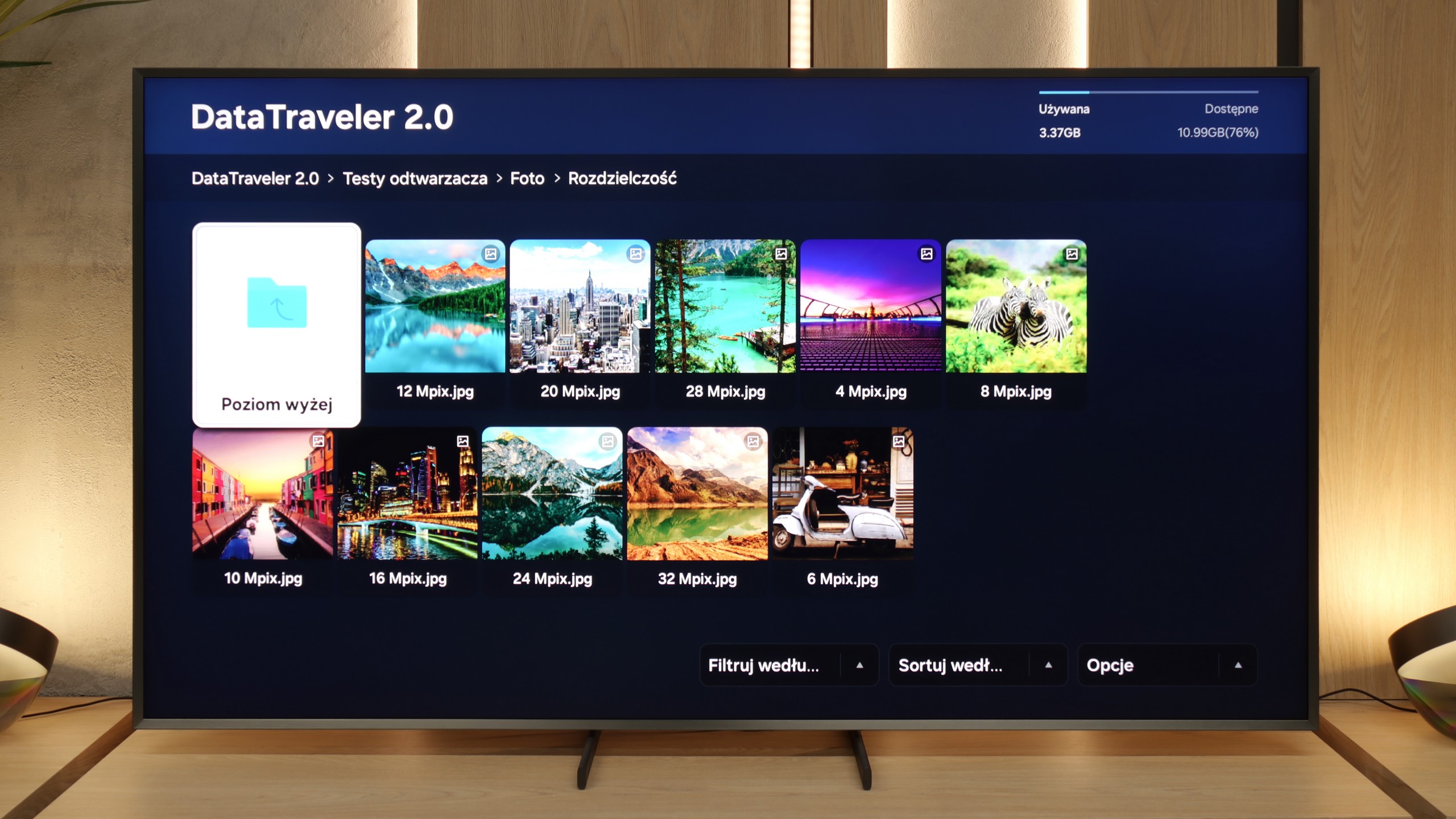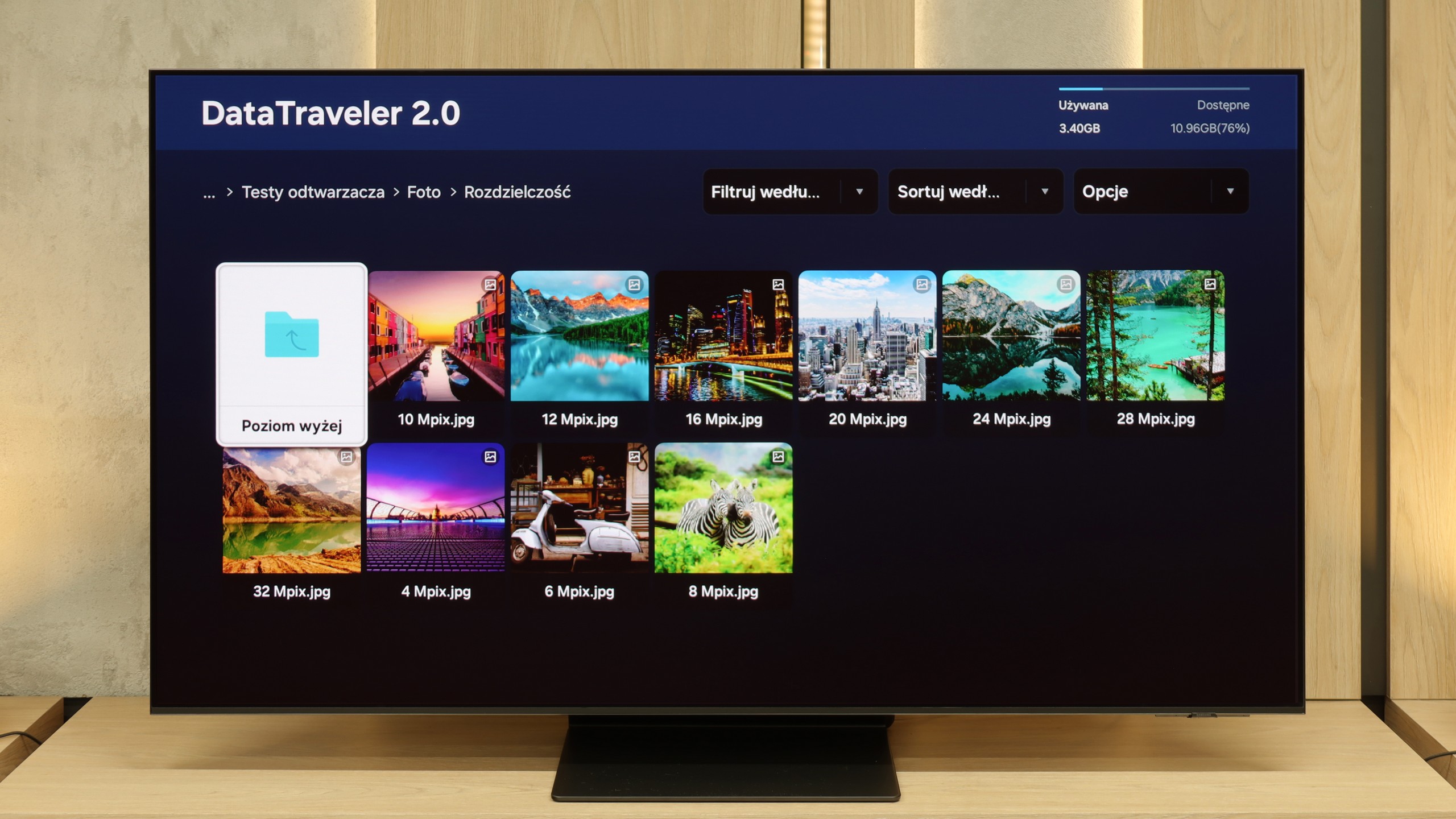The Samsung QN900F is a television that can make a tremendous impression. The greatest strength of this model is the combination of Mini-LED backlighting with a matte panel. This not only gives us decent blacks but, above all, incredible brightness and excellent readability in all conditions. During the day, in a brightly lit living room, it is probably the best-performing television in this year's Samsung offerings. Gamers will also find plenty to enjoy here – despite being an 8K screen, it can operate at a frequency of up to 165 Hz in 4K. Additionally, it comes with a full HDMI 2.1 package, VRR and ALLM features, and low input lag, so the QN900F is suitable for both next-generation consoles and PCs. The design also deserves great praise – when hung on the wall, with a thick metal frame, this model resembles a more luxurious version of the iconic The Frame. Combined with the matte panel and Art Store mode, it can indeed be treated as equipment that not only plays and lights up but also decorates the living room.
However, not everything is perfect. Despite its impressive specifications, local dimming management does not always perform as well as one might hope. Given the large number of zones, Samsung could refine its control over blacks and HDR effects – it is evident that the potential is immense, but it does not always translate into top-tier picture quality. Moreover, it is important to remember that 8K resolution is still more of a novelty than a genuine necessity, and the price of this model makes it easy to start looking for cheaper alternatives, including within Samsung's own offerings. Despite these reservations, the QN900F is a television that can undoubtedly impress. Its strength lies not in the 8K itself but in how it presents the image, how it looks, and the enjoyment it brings during use.
Samsung S95F is an excellent continuation and simultaneously an enhancement of last year's model S95D. Thanks to the QD-OLED panel, we receive an image that impresses from the first minutes of viewing. The black is deep and natural, with no signs of backlighting, and the brightness of the new generation panel reaches levels that just recently seemed beyond the reach of OLEDs. These values are so high that the S95F can confidently be compared with the best Mini-LED screens - both in terms of HDR effect and in everyday use under strong daylight. After a slight adjustment of the settings, the television can offer a reference image, creating a cohesive and cinematic experience. However, it's not just a screen for movie buffs but also one of the absolute favourites for gamers. The 165 Hz panel with lightning-fast response, input lag of just a few milliseconds, a full package of gaming features - including VRR, ALLM, and exceptionally implemented HGiG - along with four HDMI 2.1 ports, make the S95F effortlessly meet the demands of both next-gen console owners and PC gamers. This complete set of possibilities makes the S95F one of the best gaming televisions on the market. Samsung has also taken care of user-friendly details. The matte screen coating effectively eliminates reflections, ensuring that even in a bright living room, the image remains clear and comfortable. The One Connect module organizes the cabling, moving all the connections to a separate box, which will be appreciated by anyone who likes to regularly juggle connected devices. The design of the television is slim, elegant, and thoughtful – it is evident that this is a Super Premium class product that looks great in any interior. Of course, like any equipment, the S95F has its minor compromises, but given its class and completeness, it's easy to forget about them.
This is a television that combines the best picture quality with functionality and user comfort. Undoubtedly, it stands up to the strongest competition and can be confidently regarded as one of the main contenders for the title of television of the year 2025.
